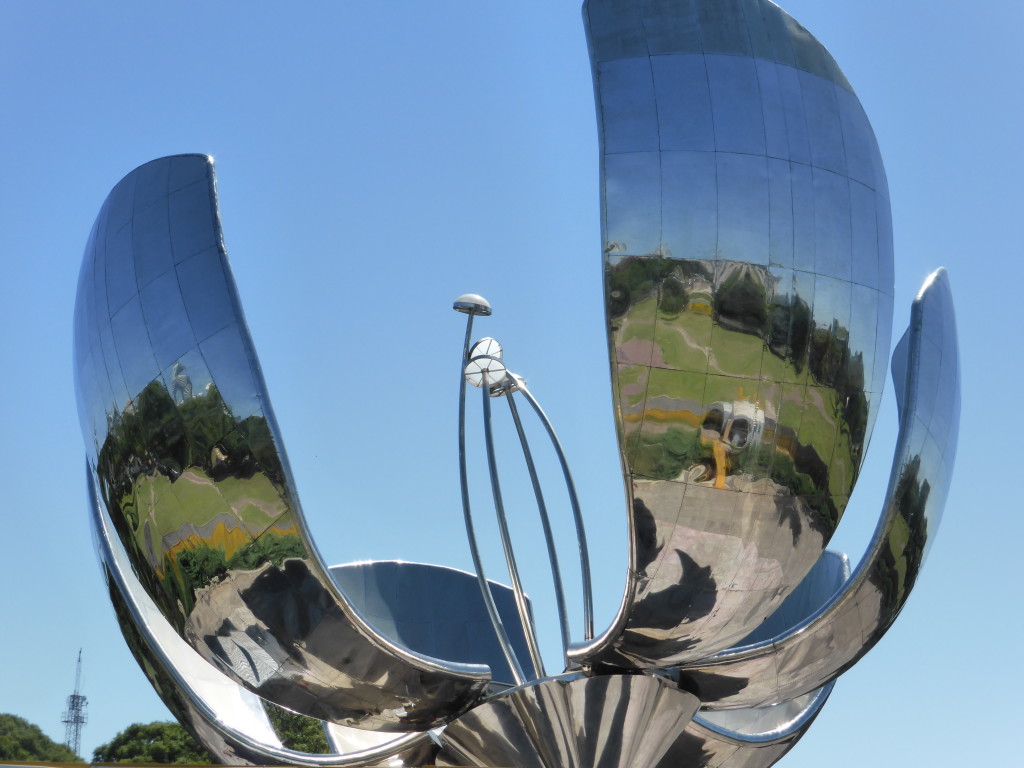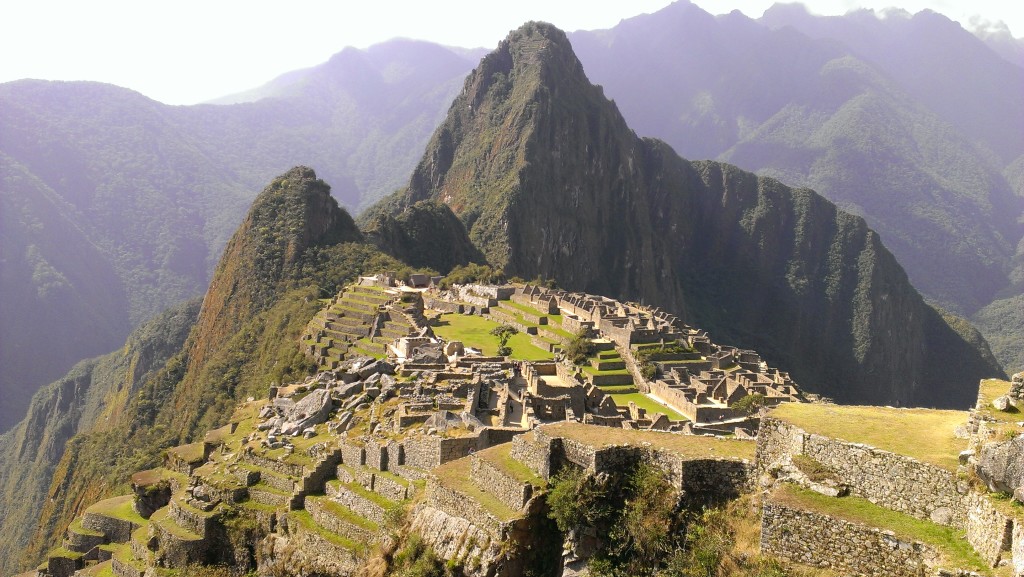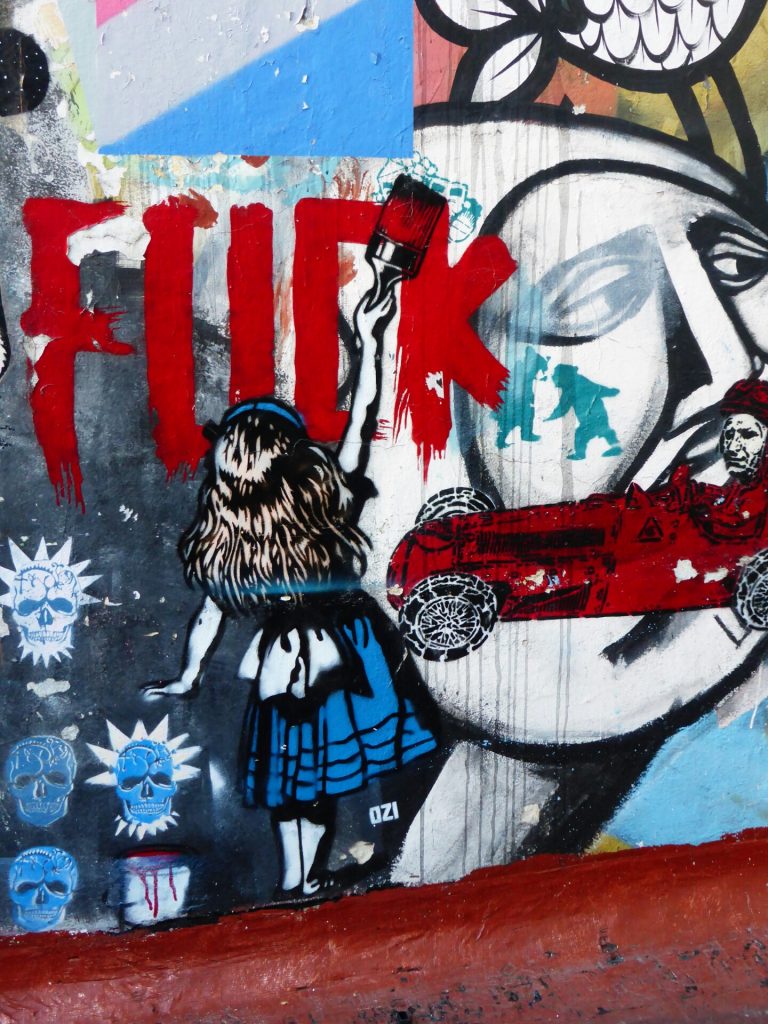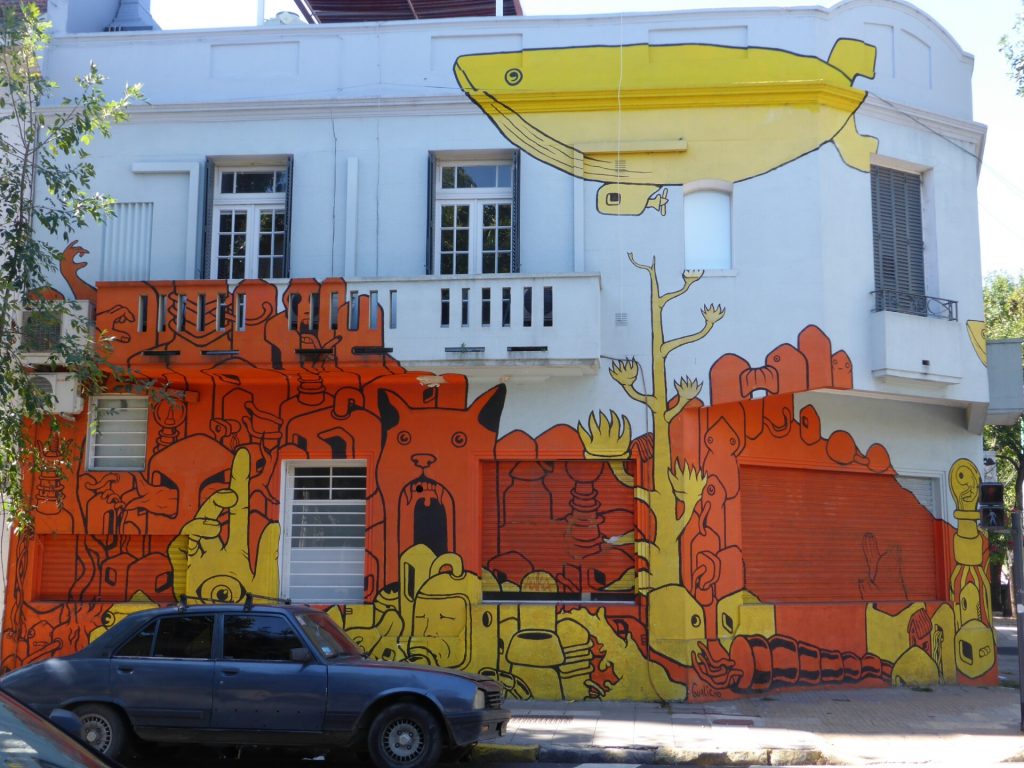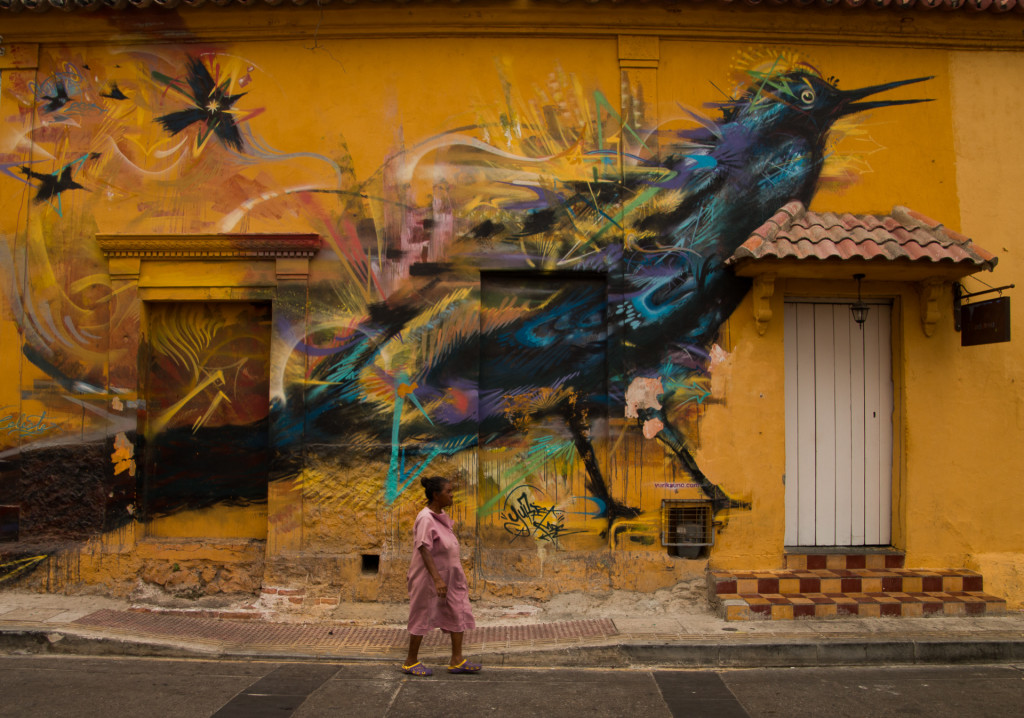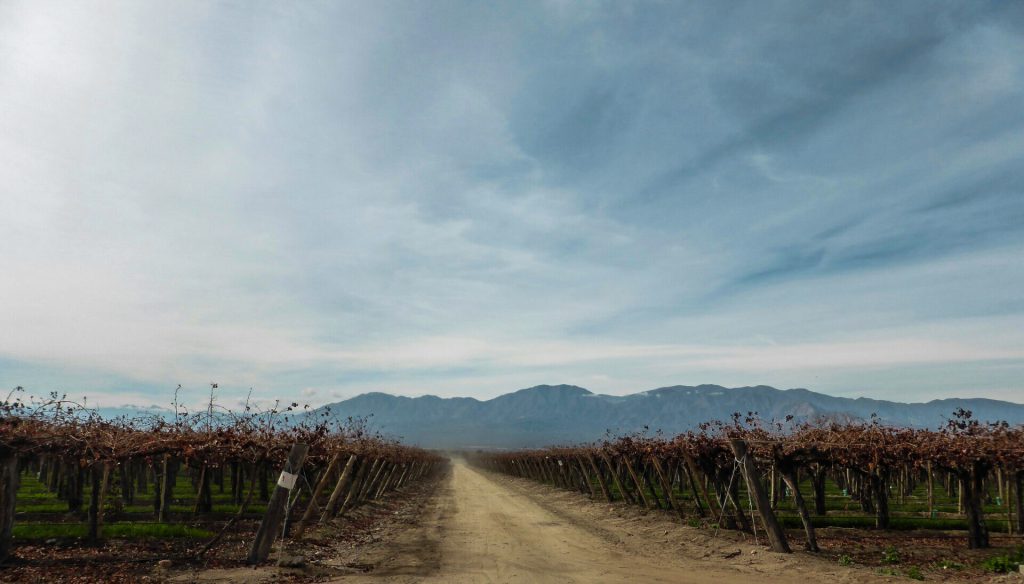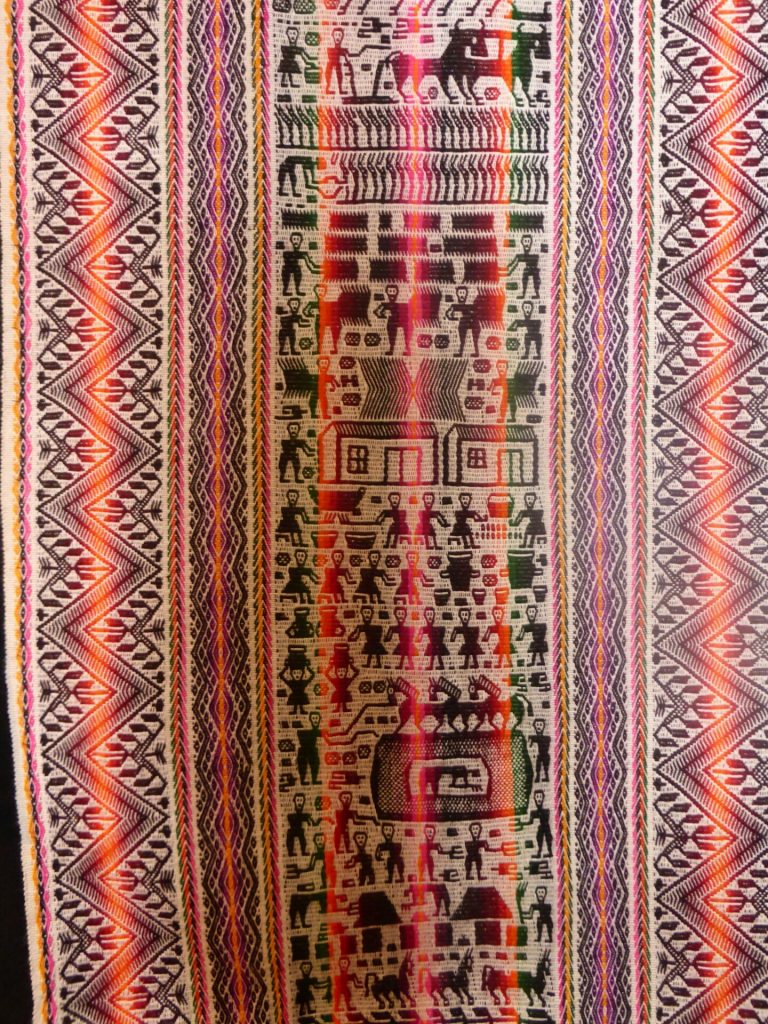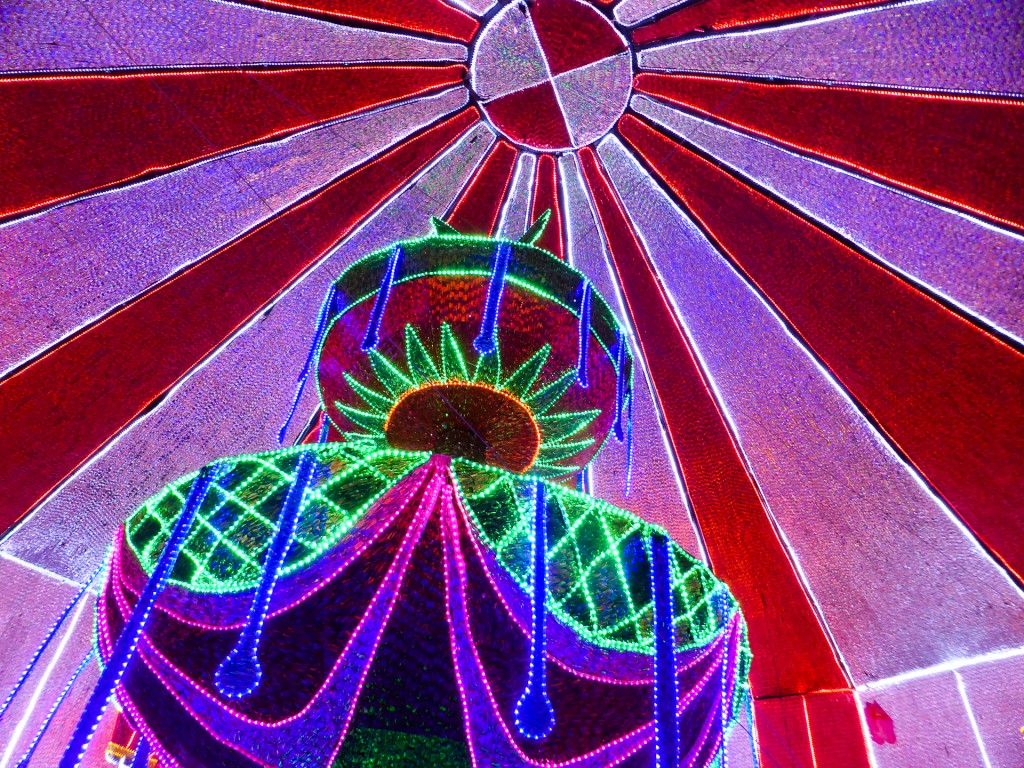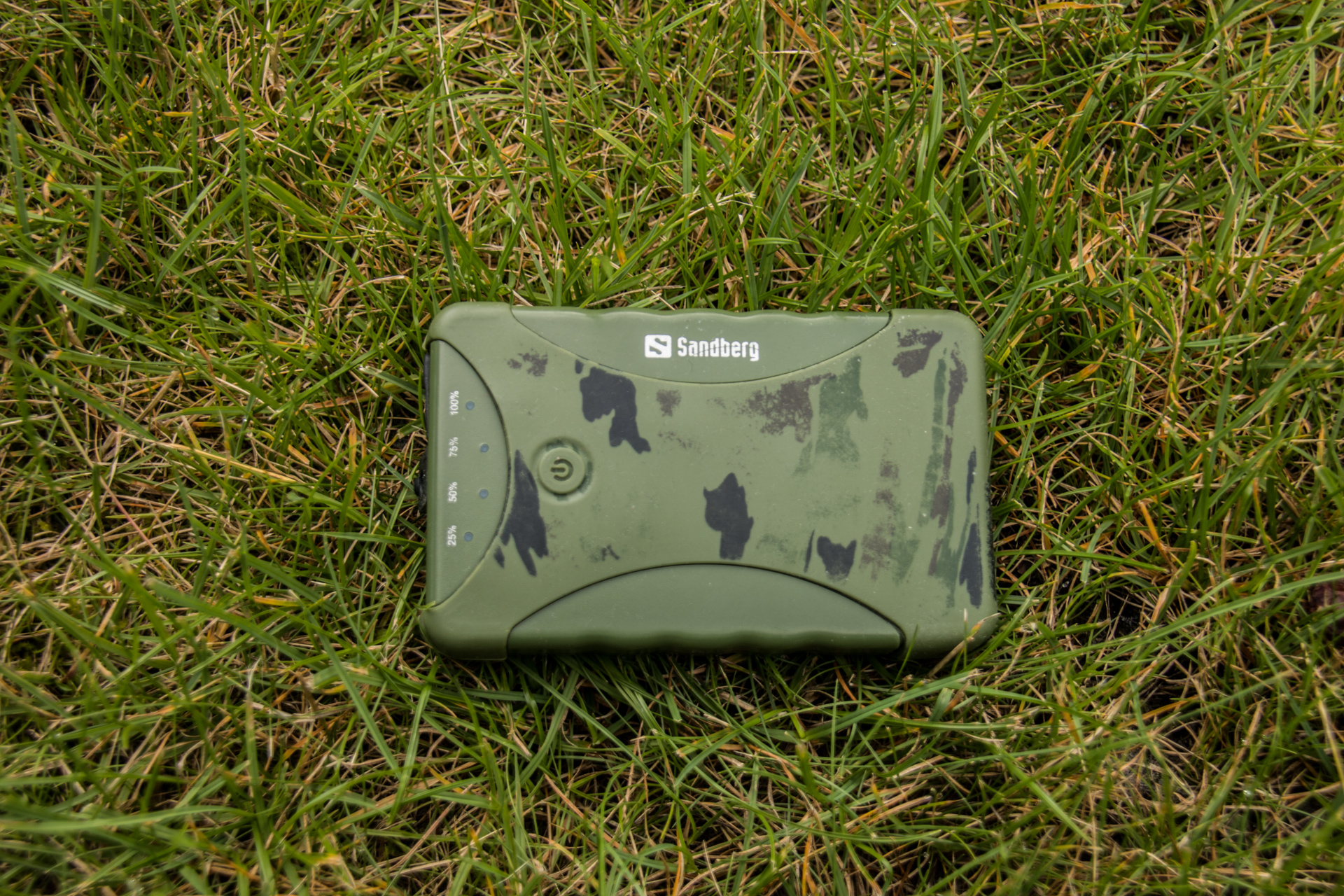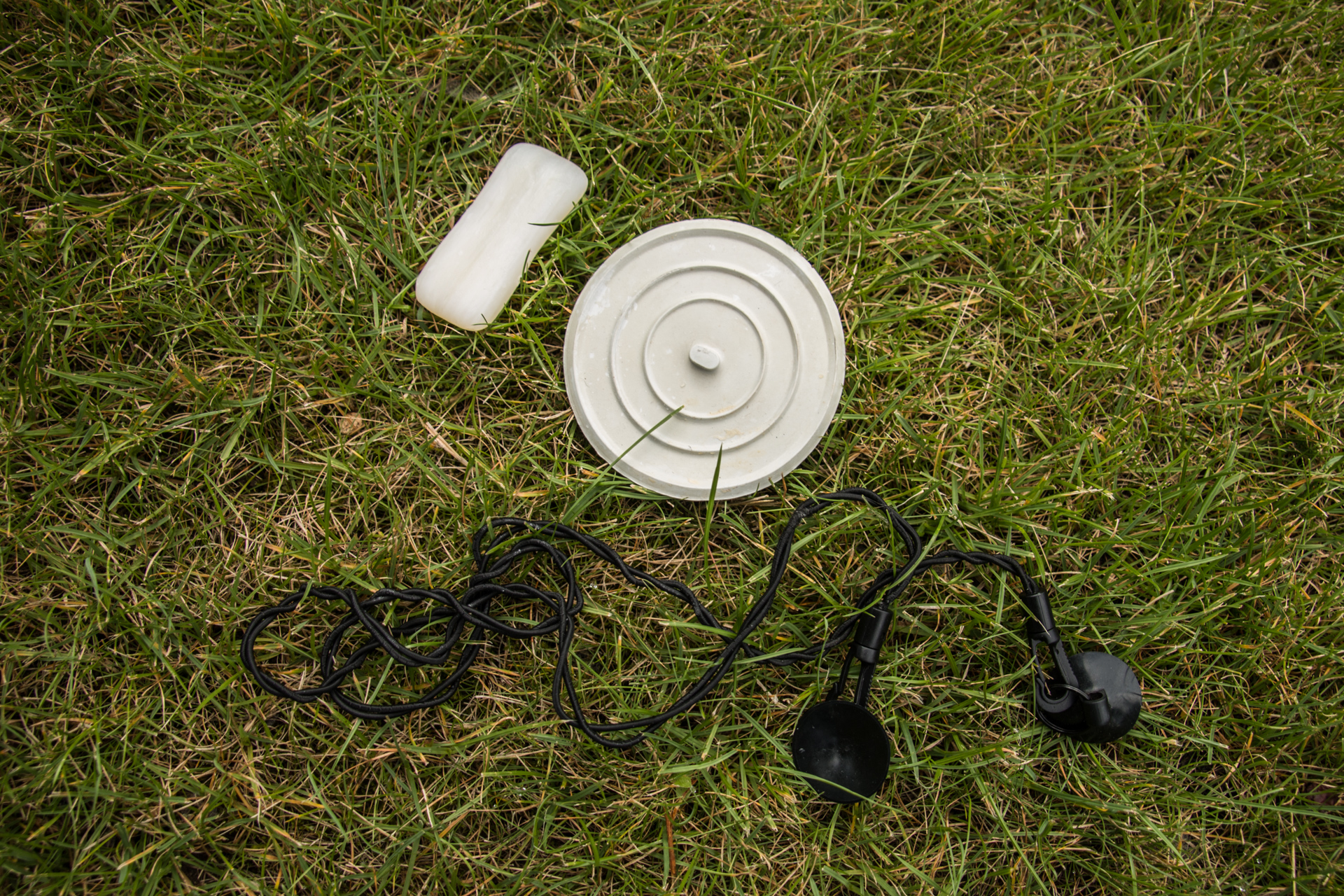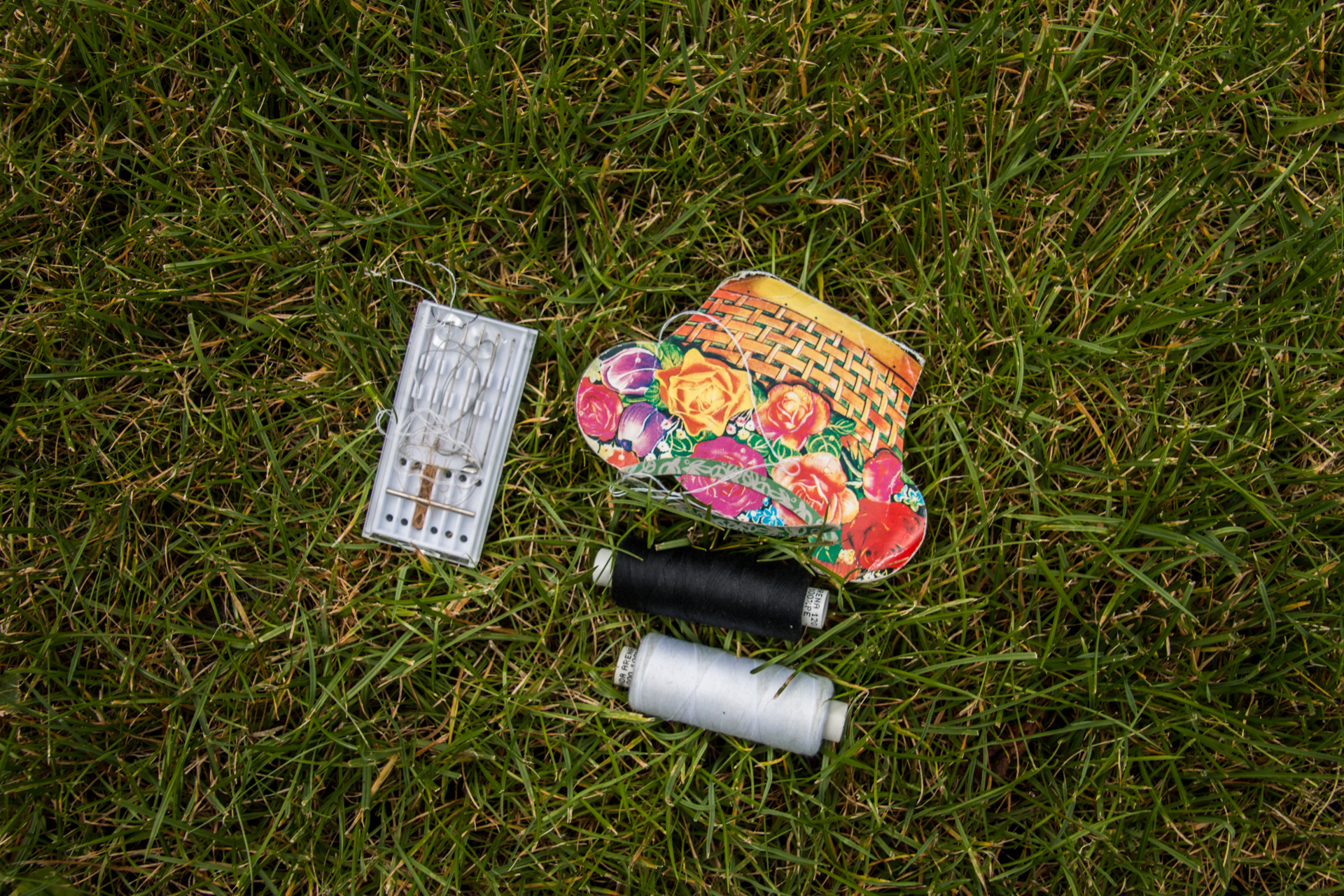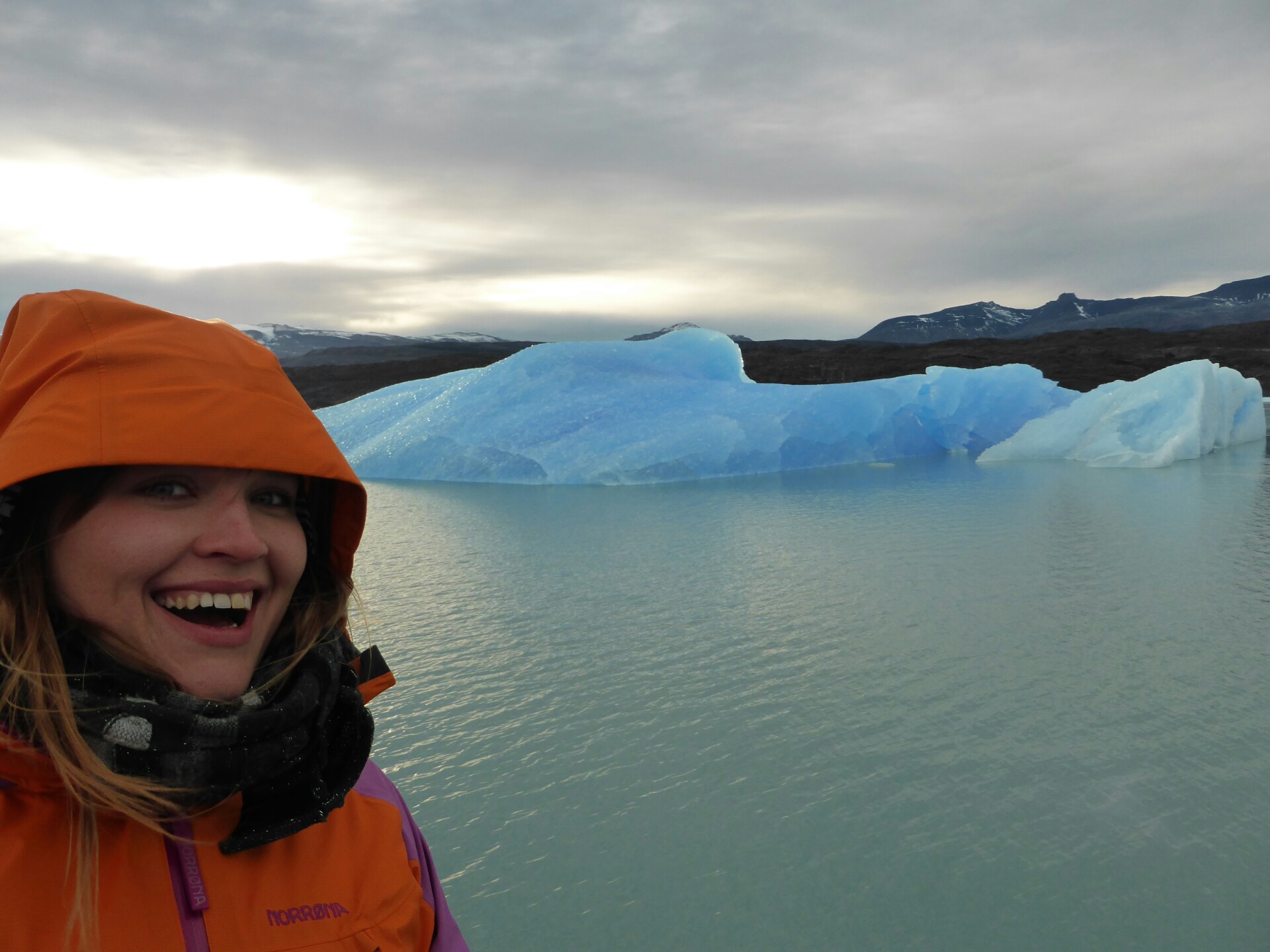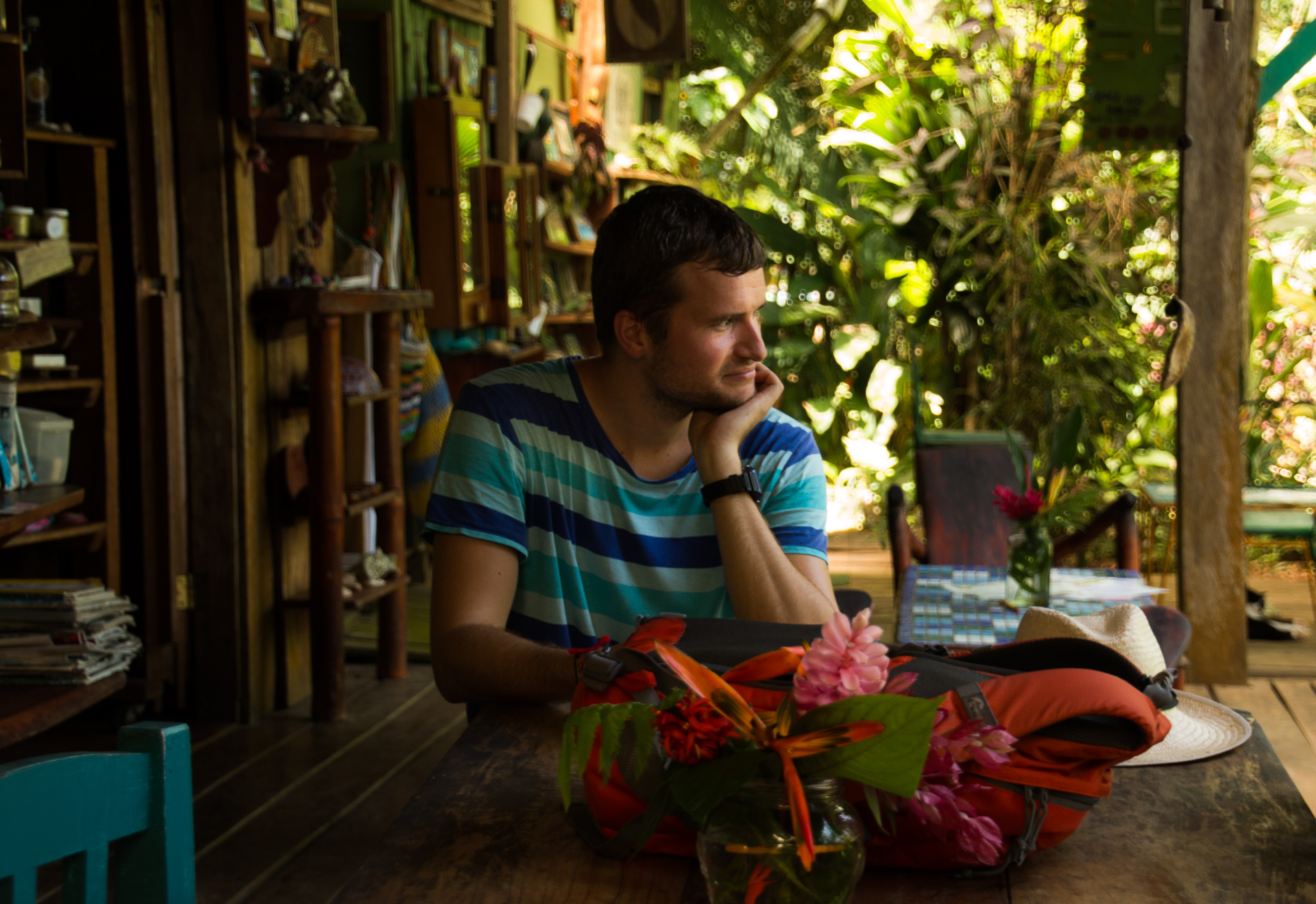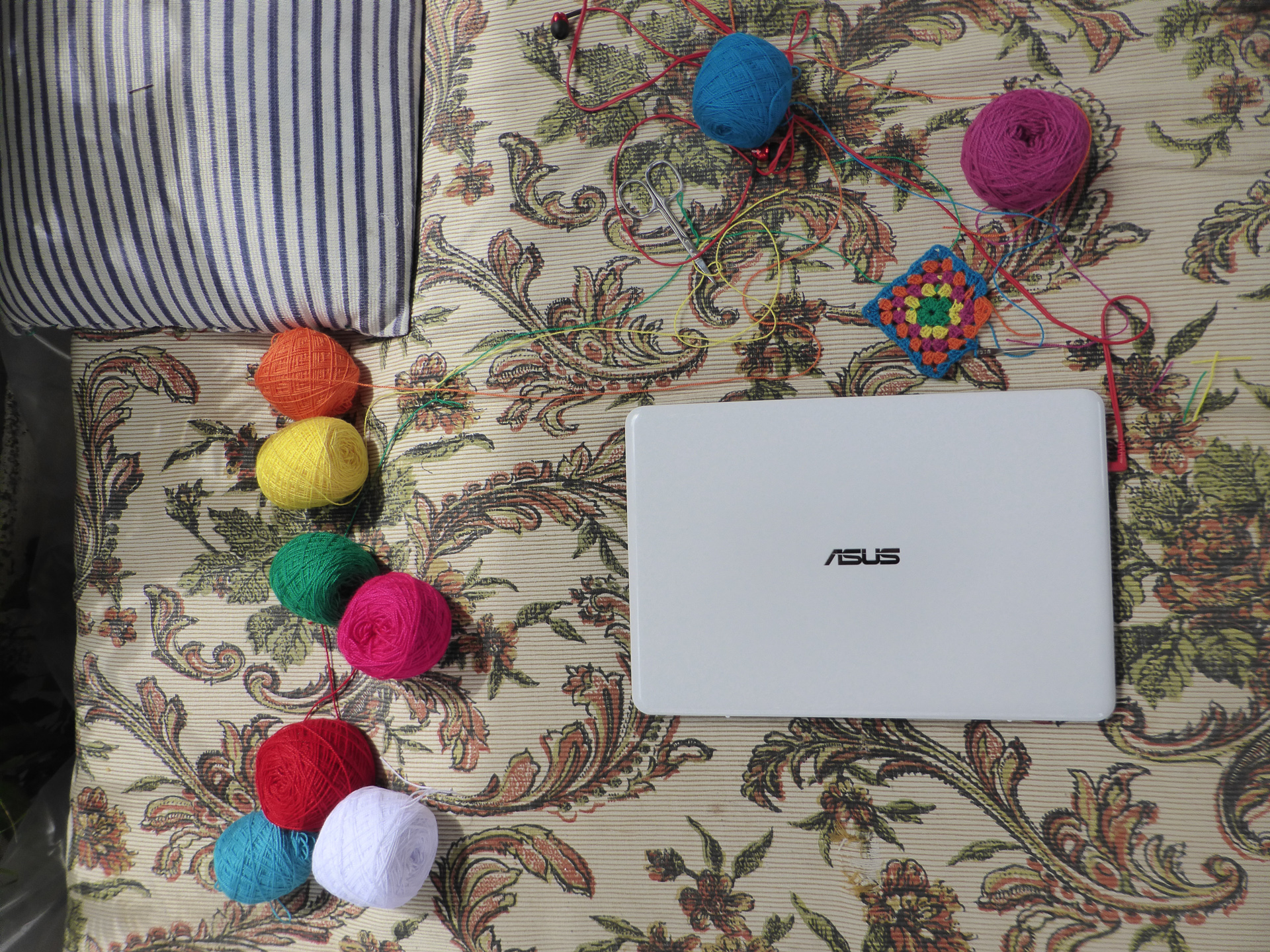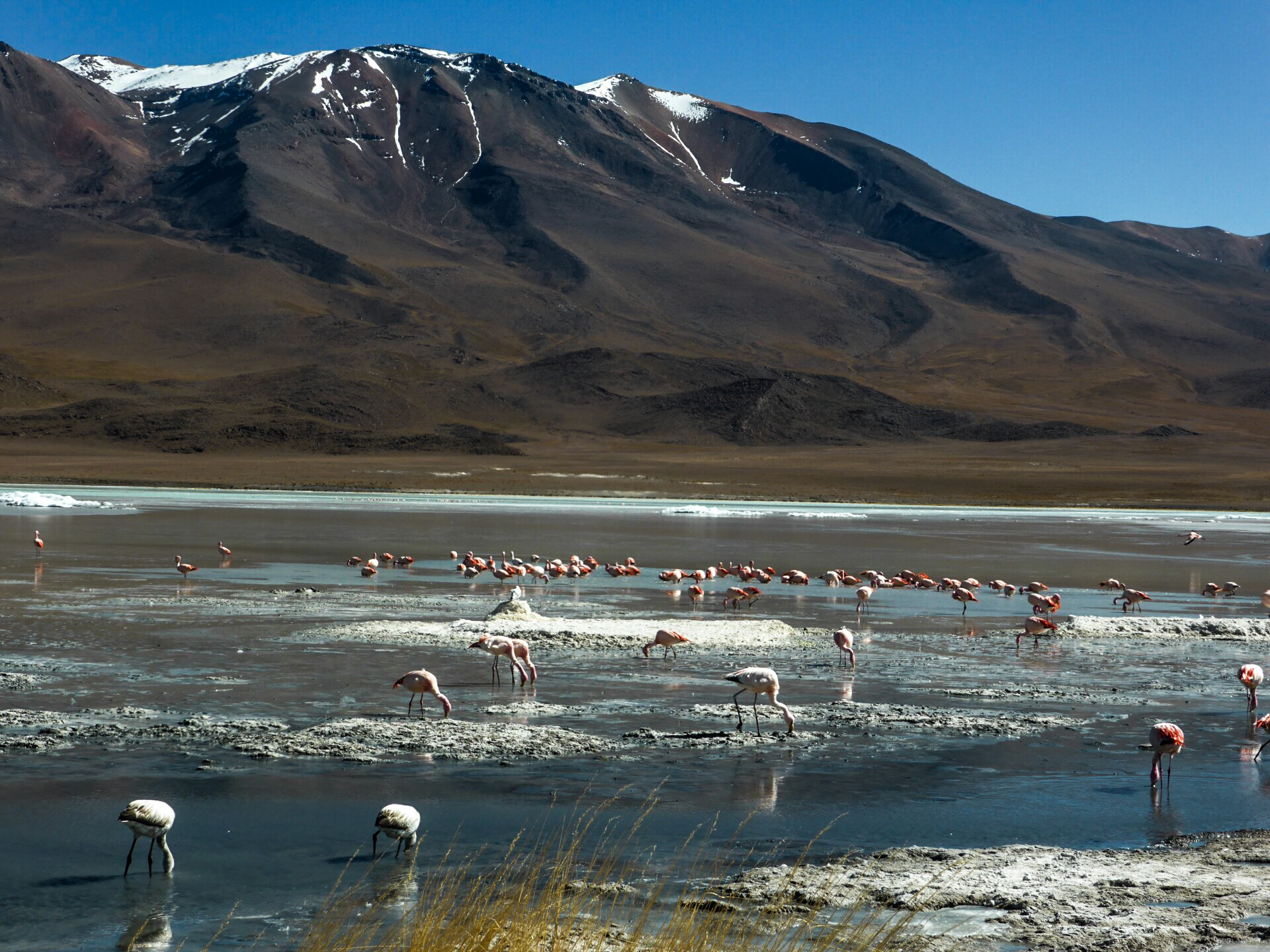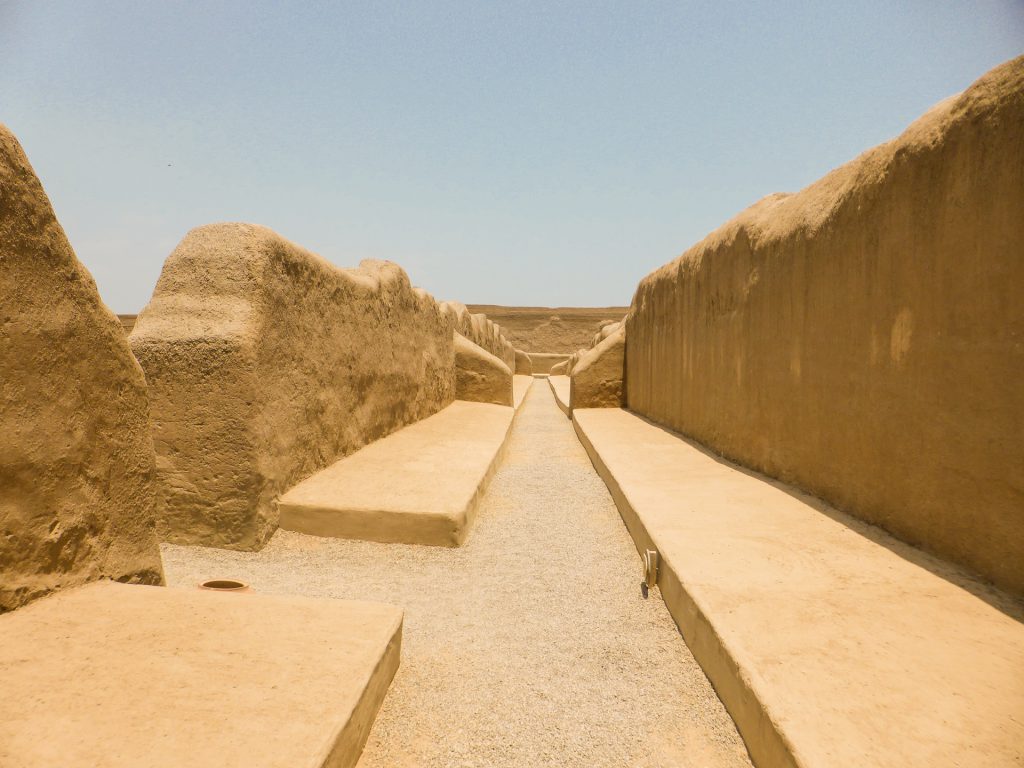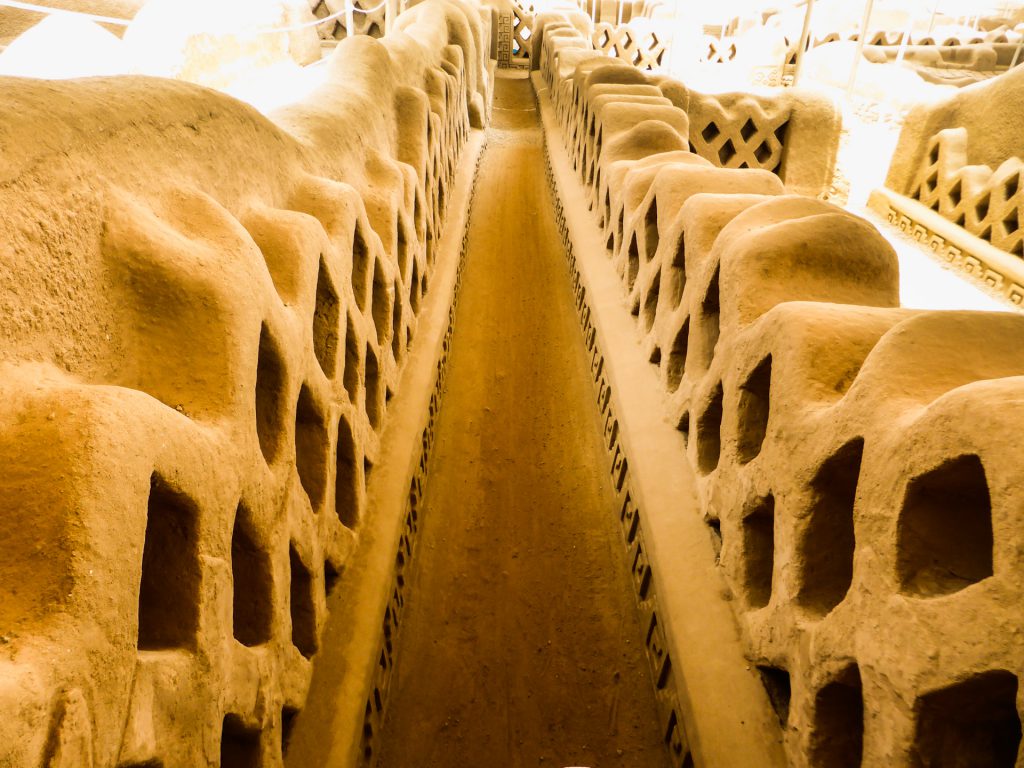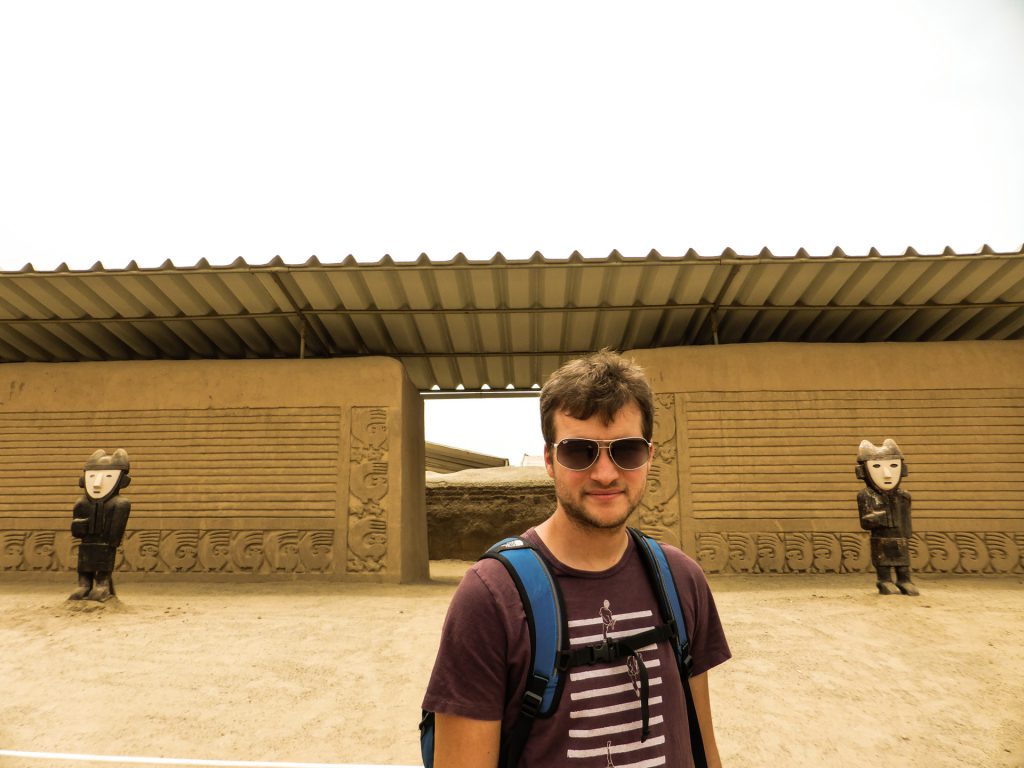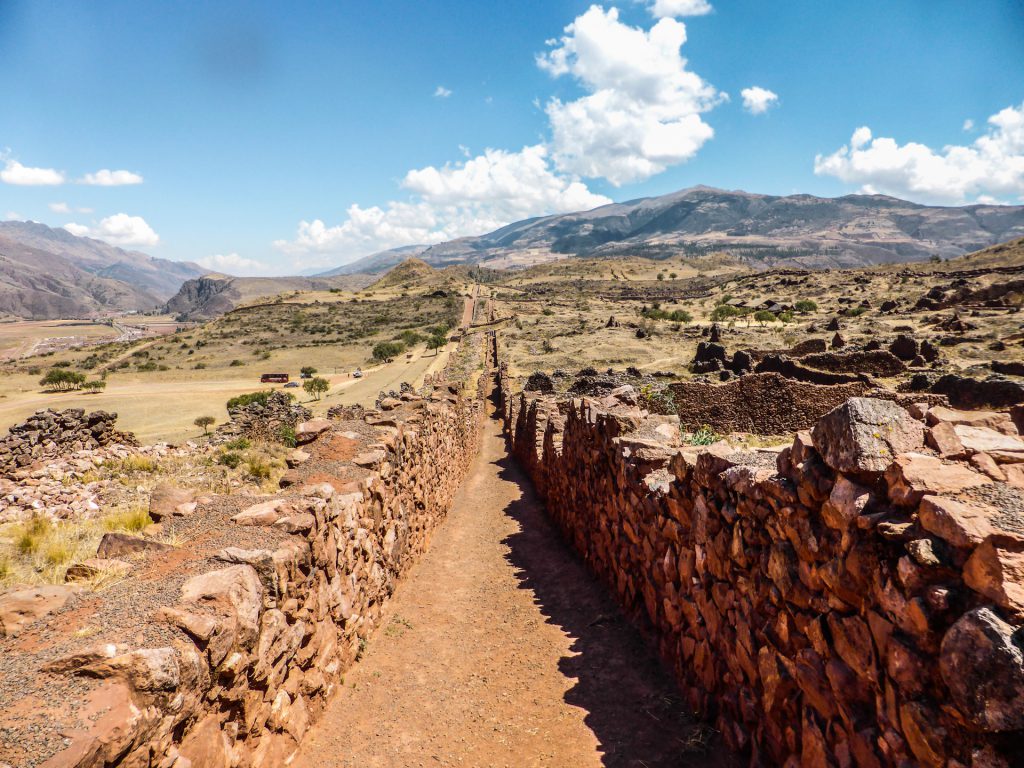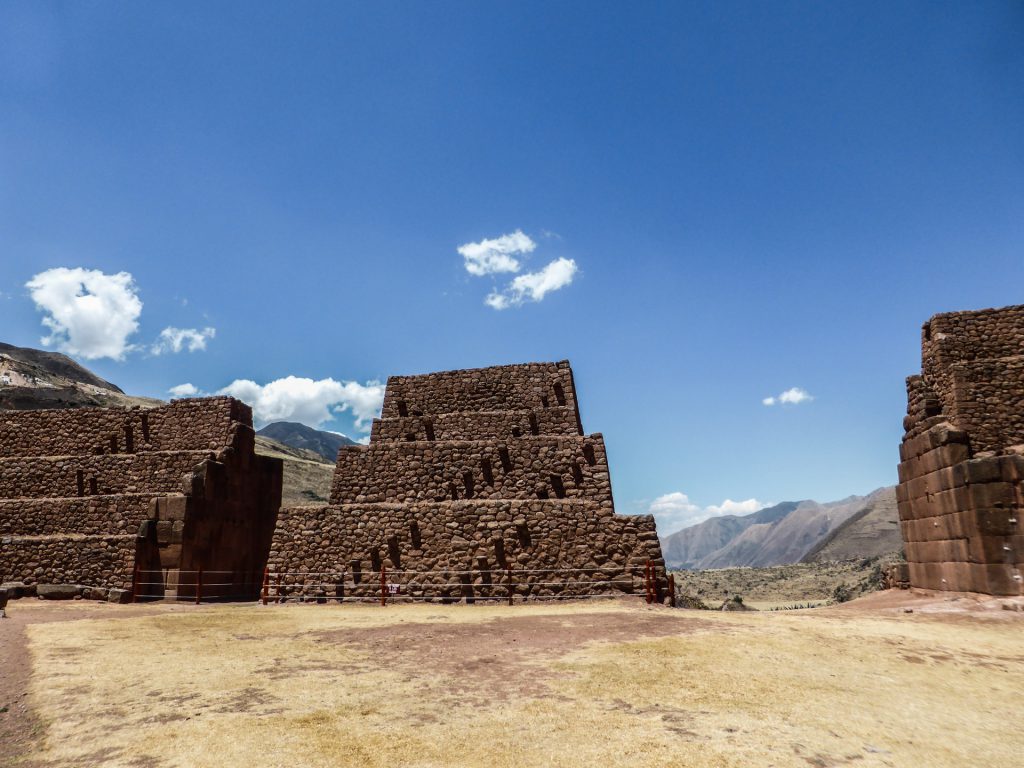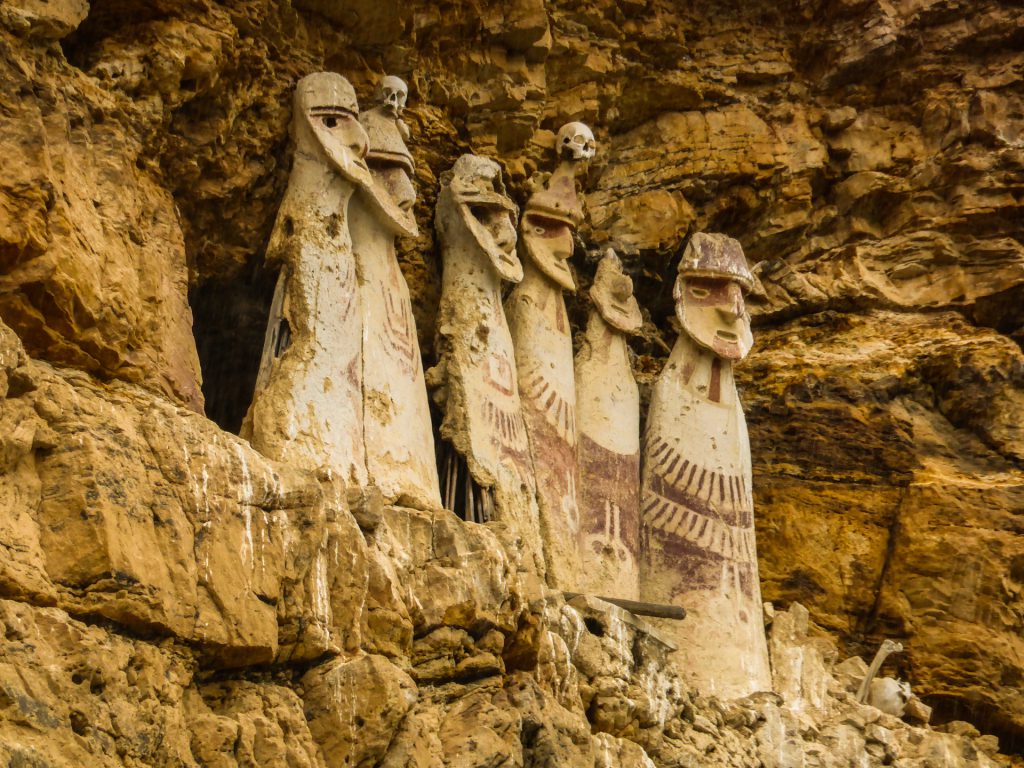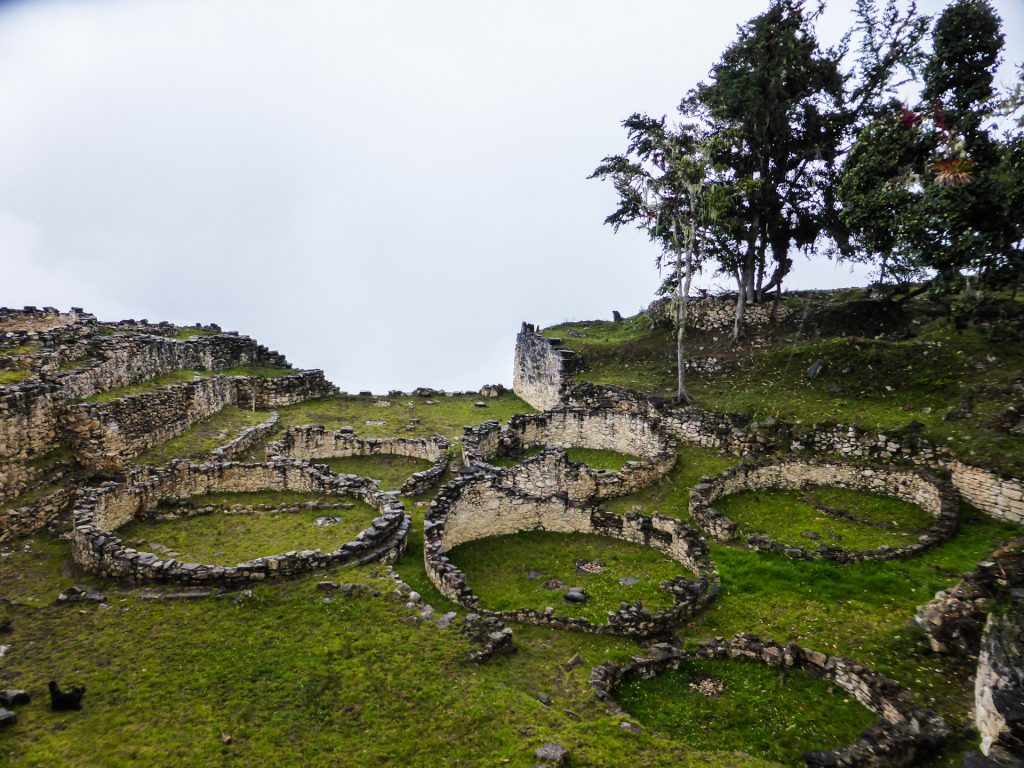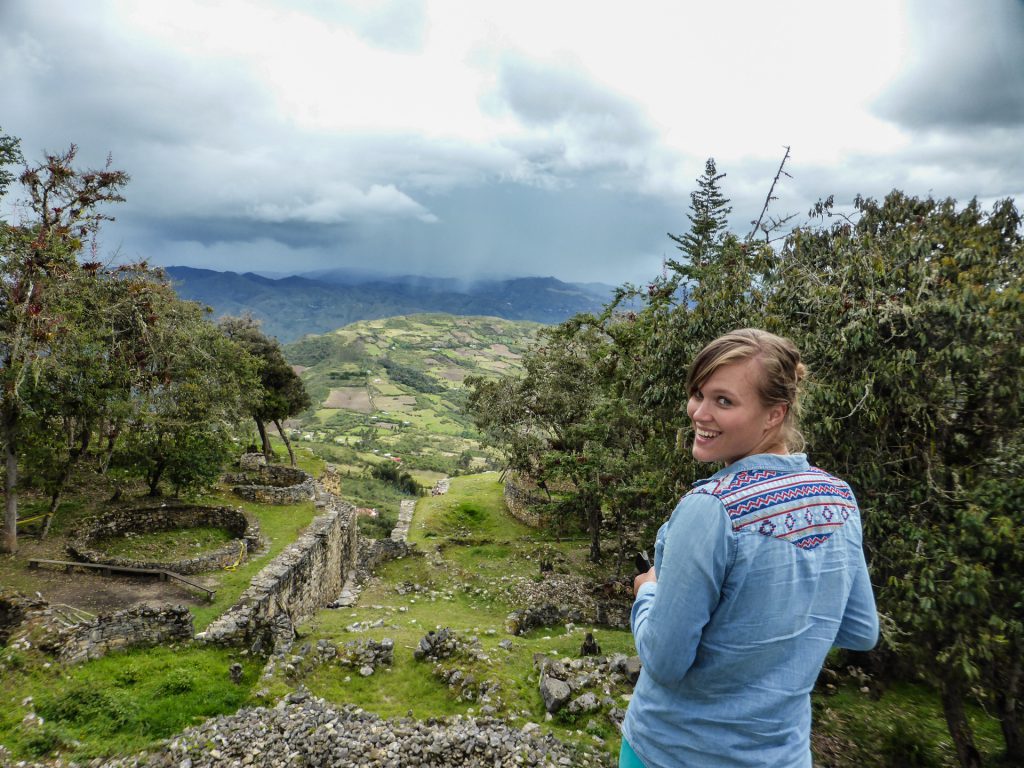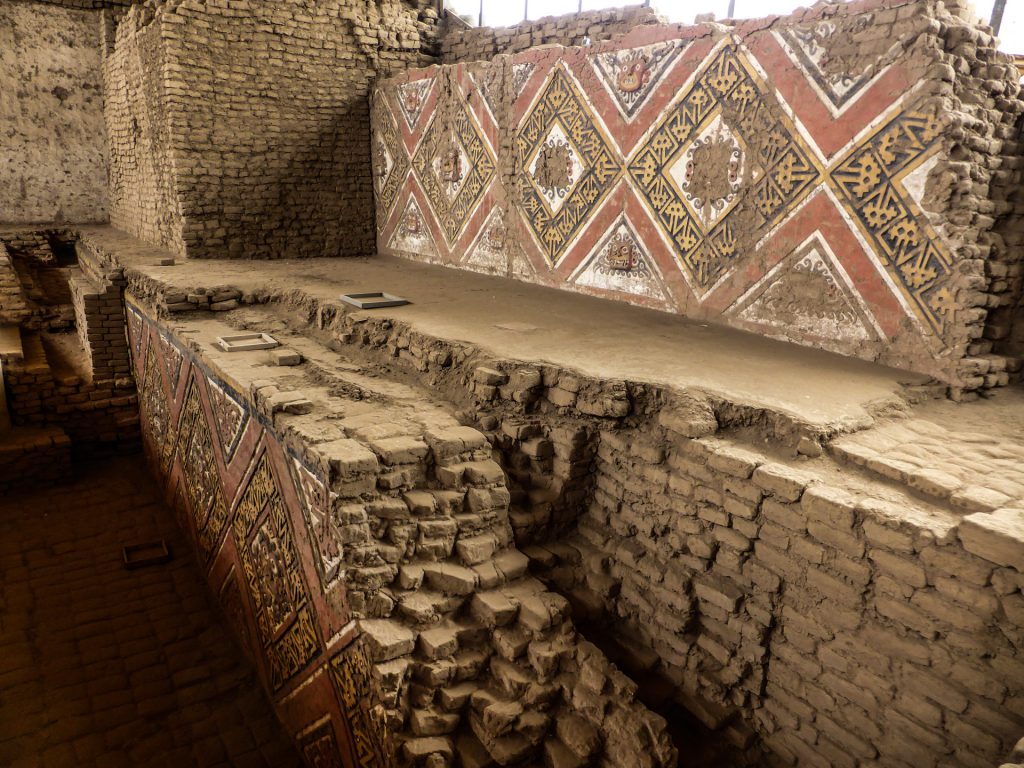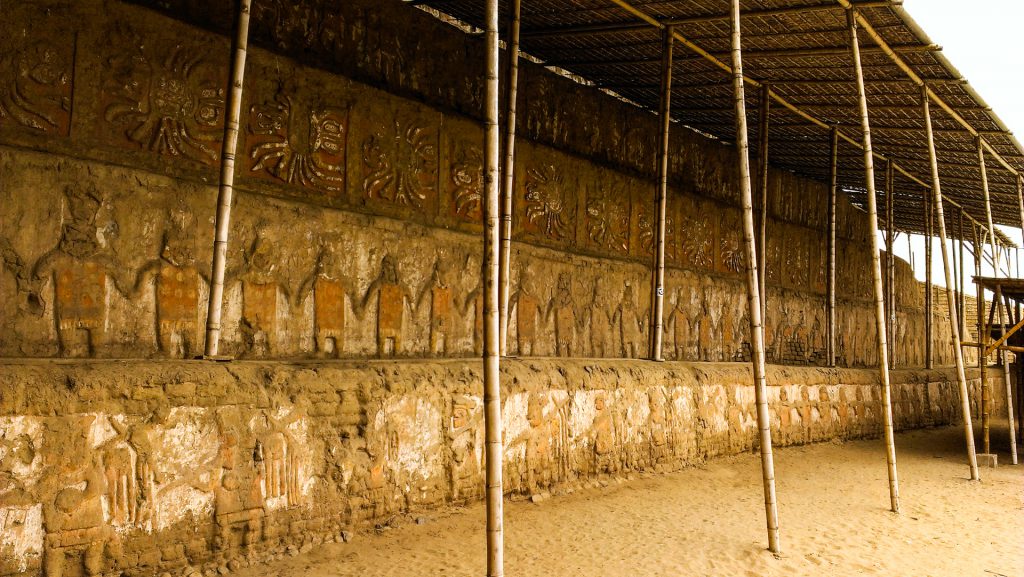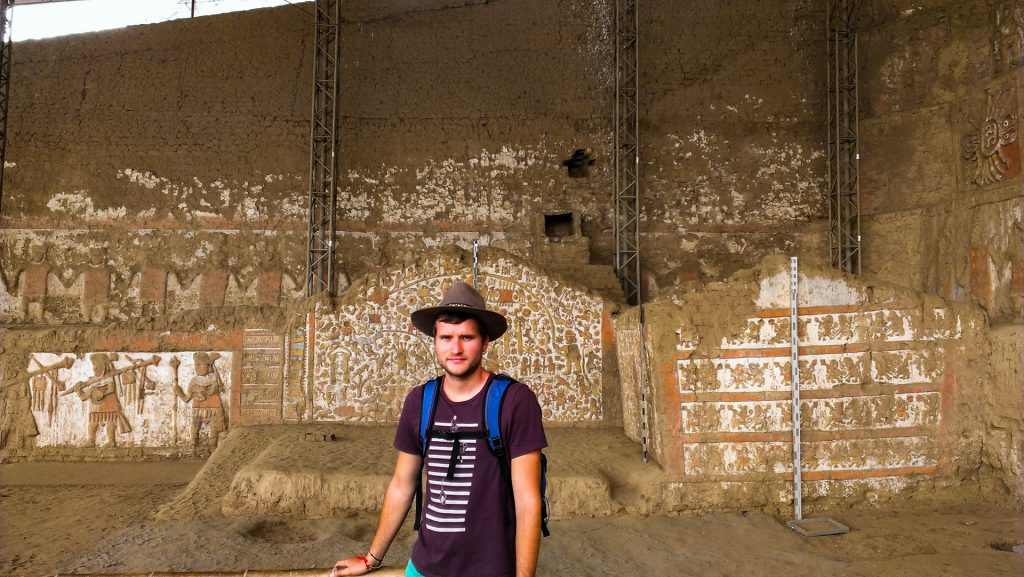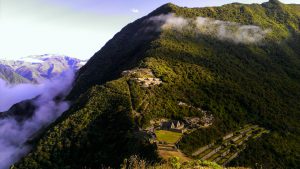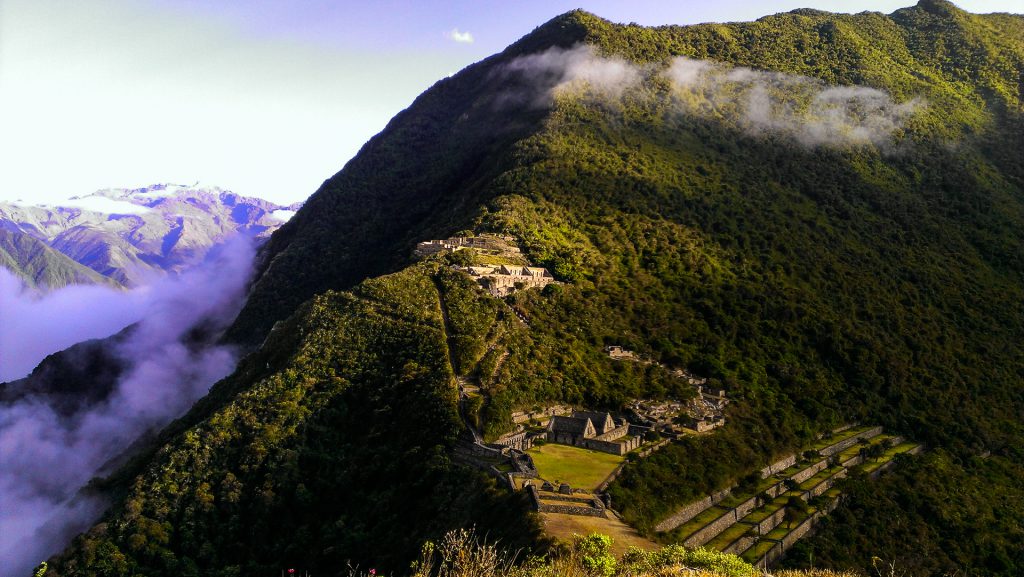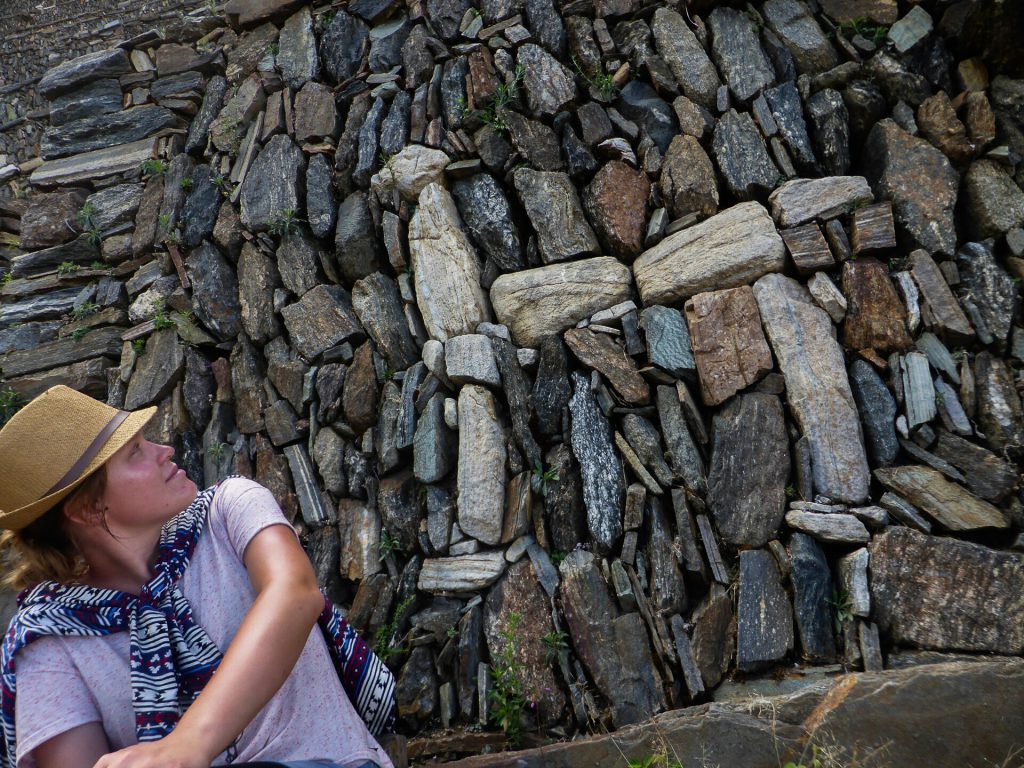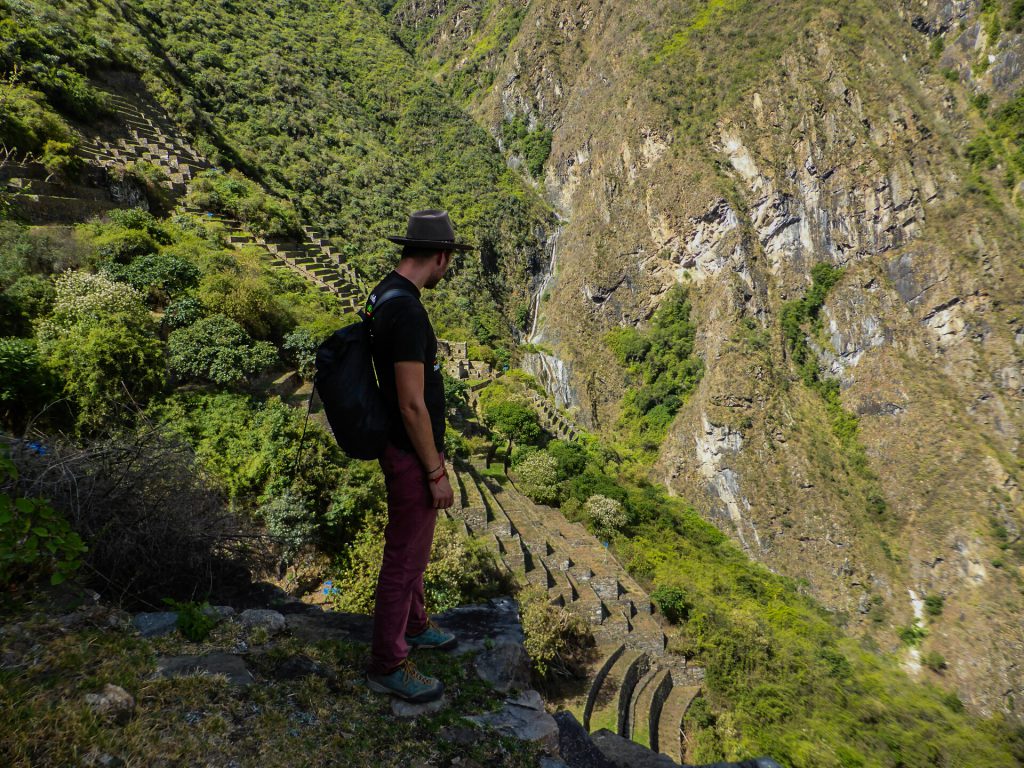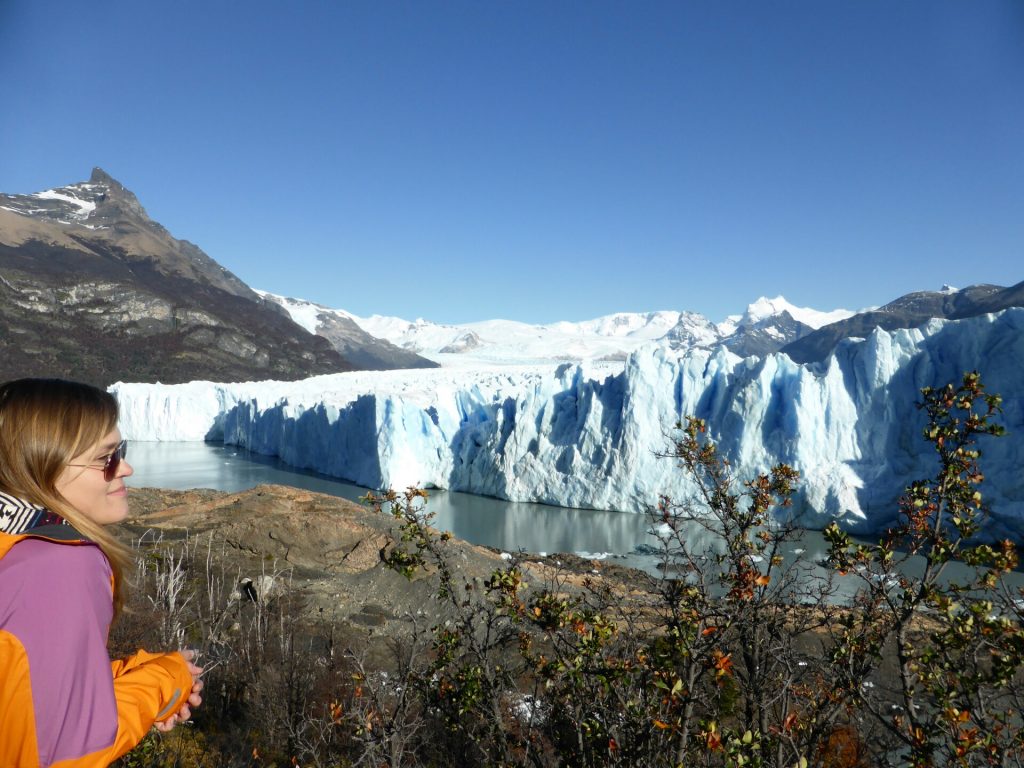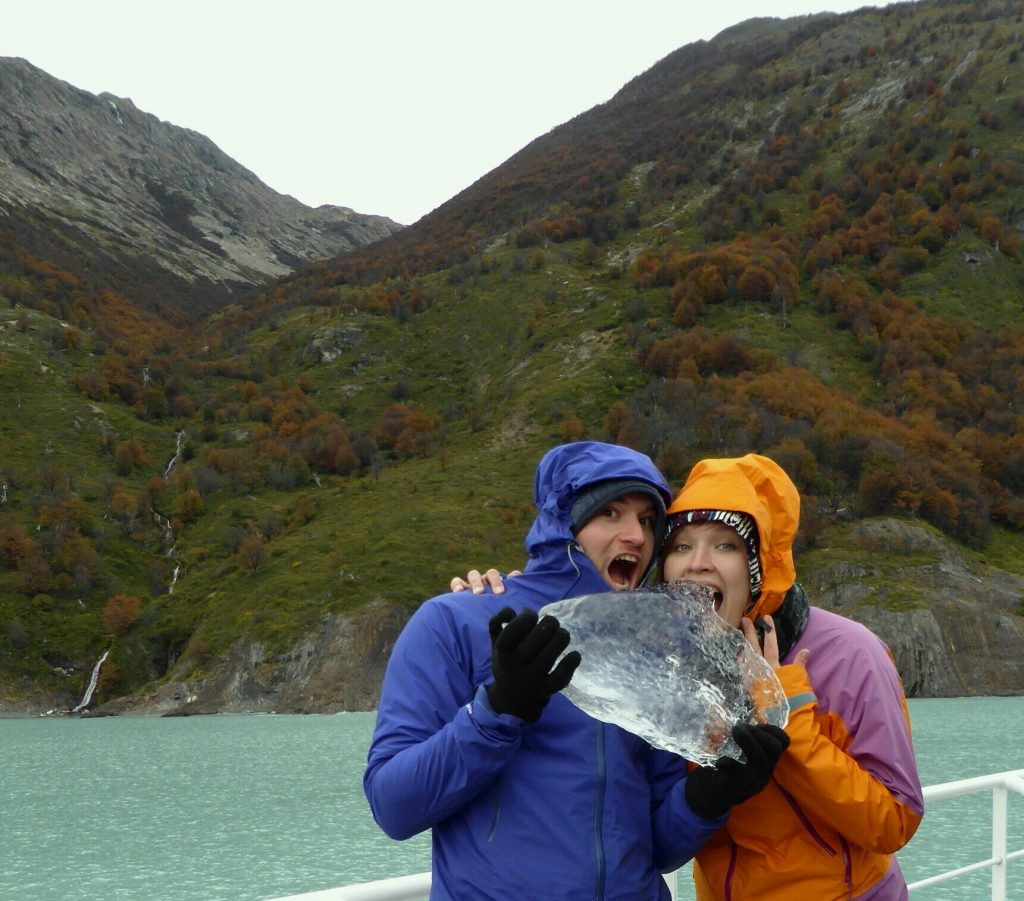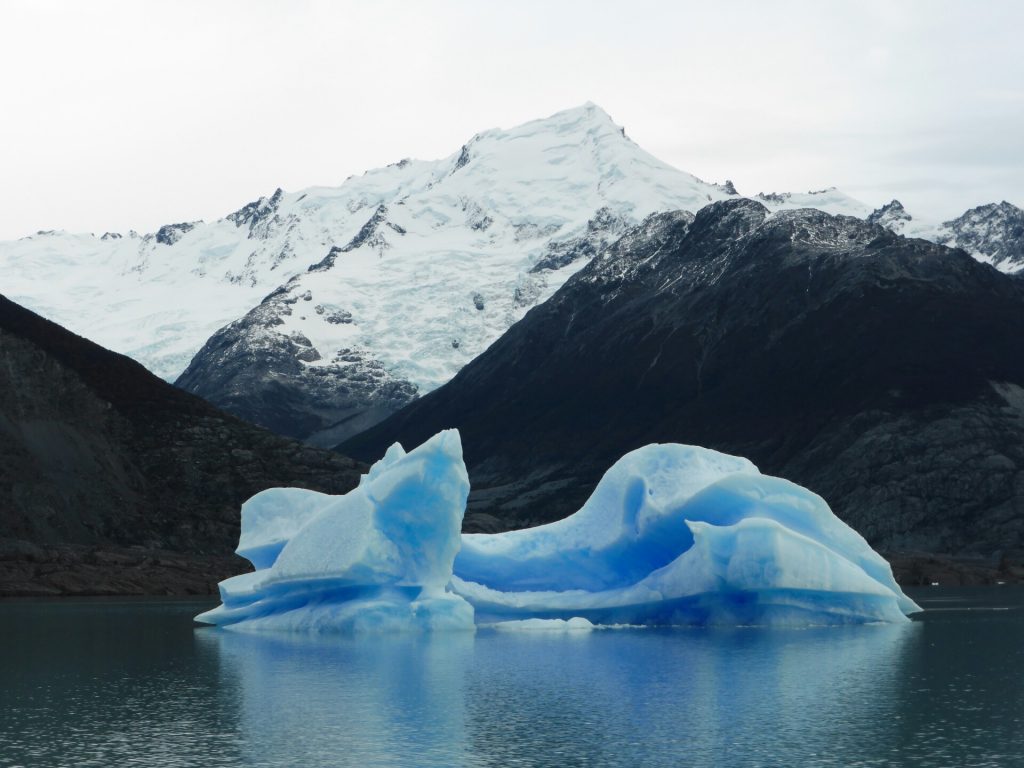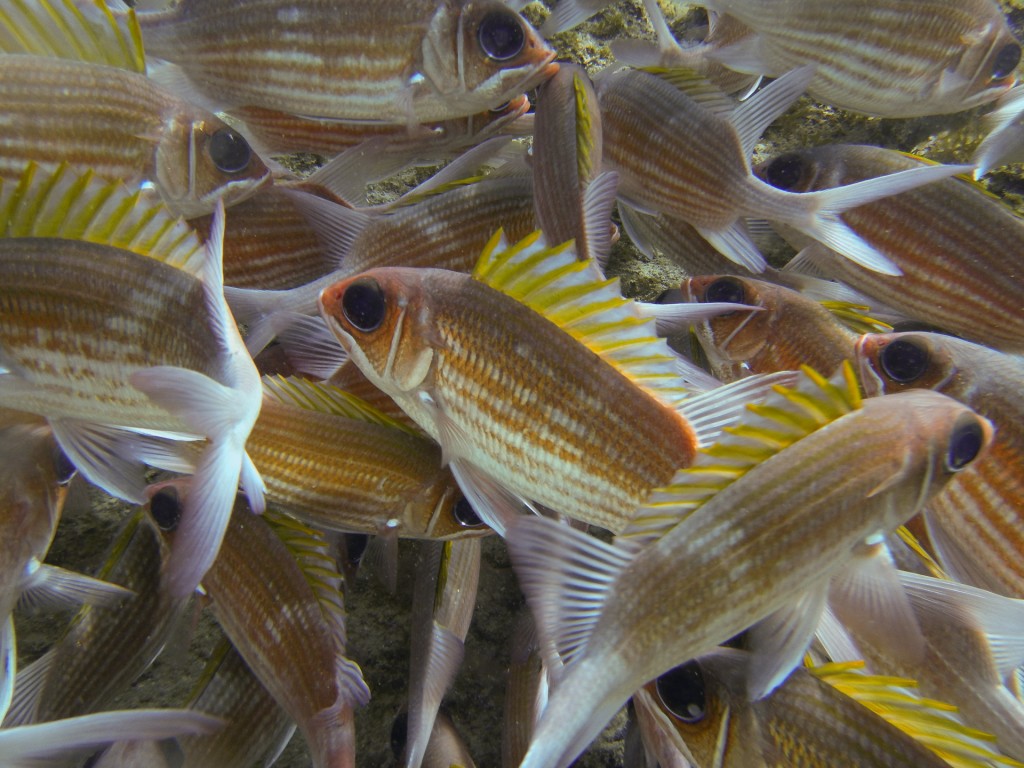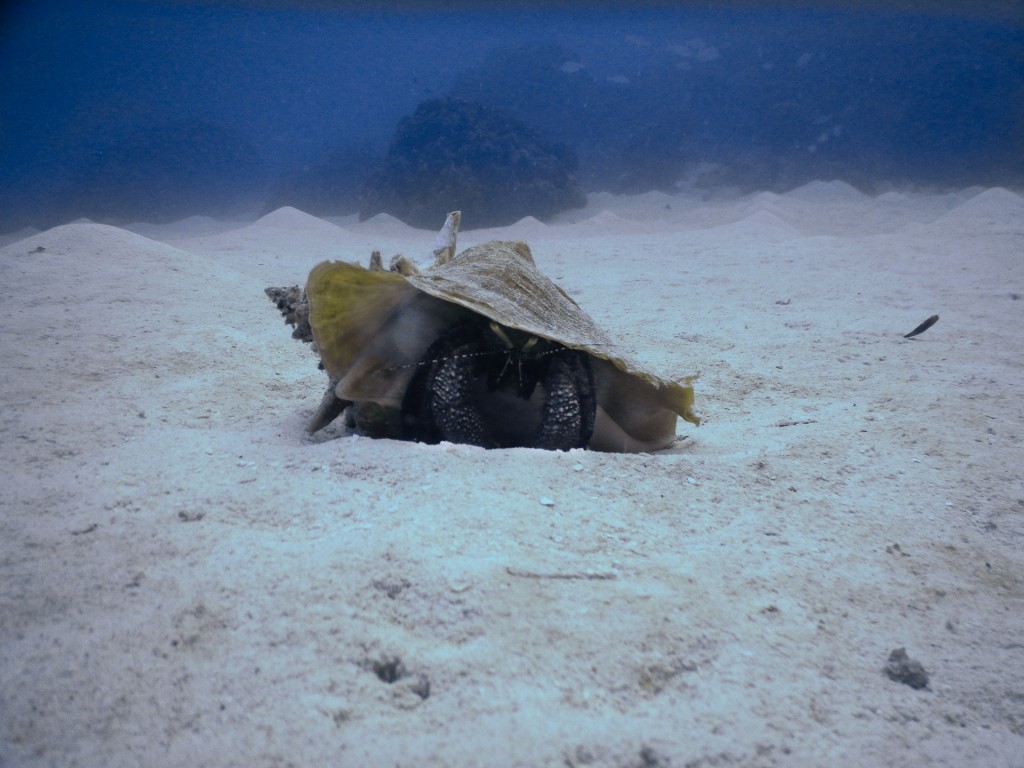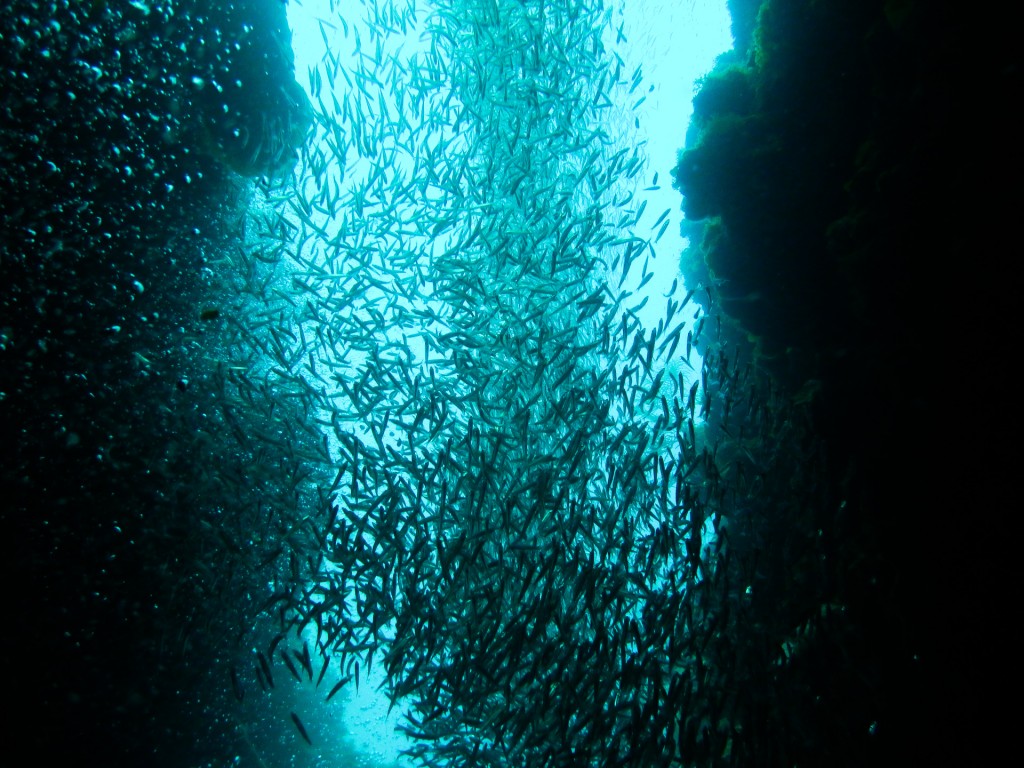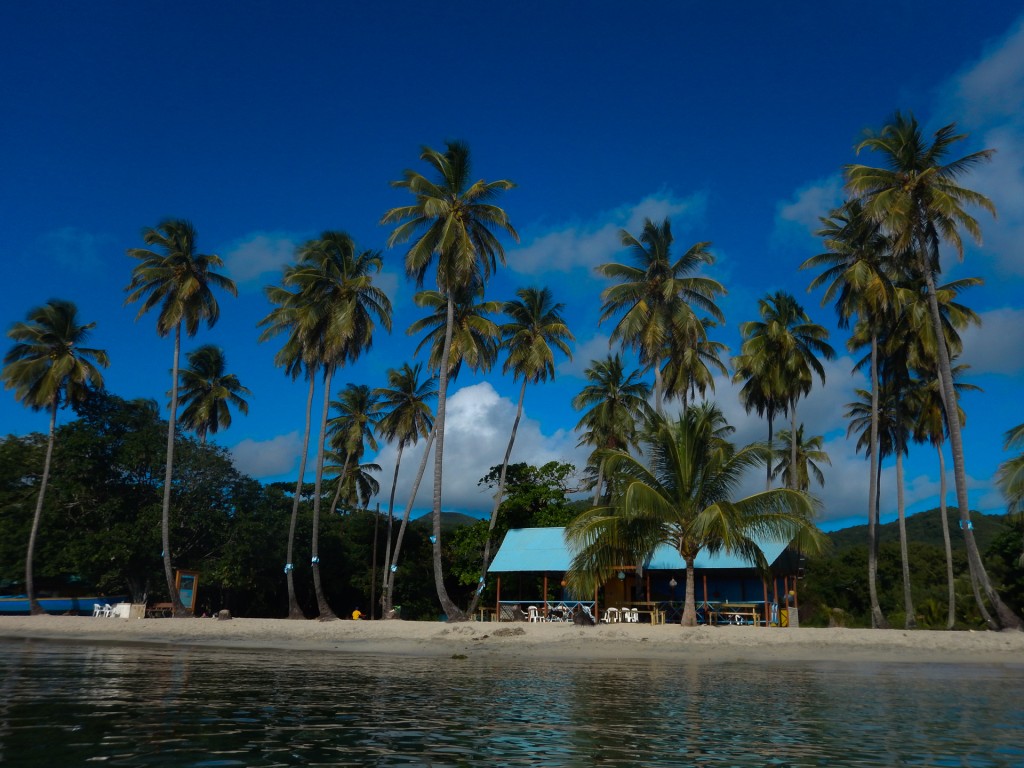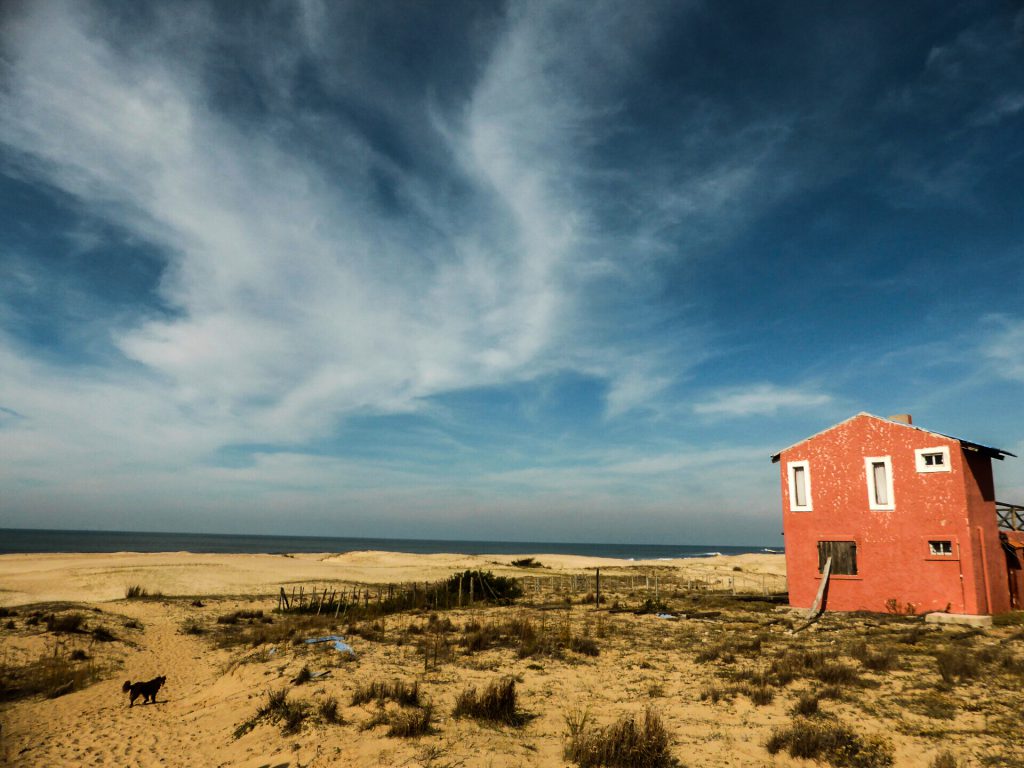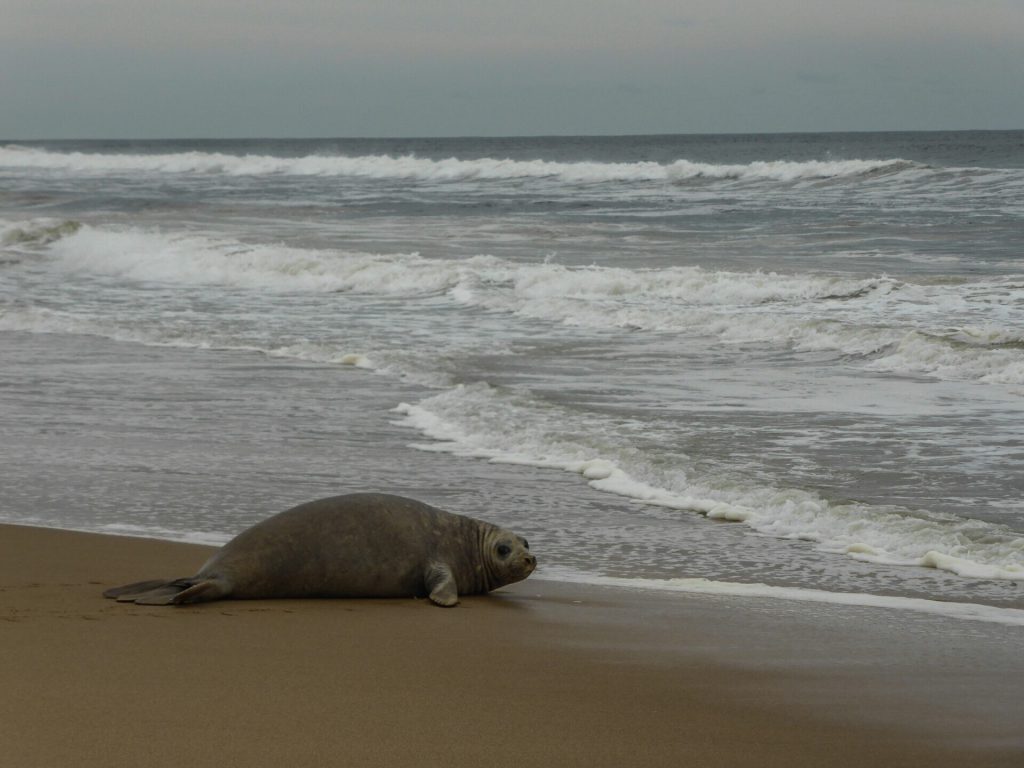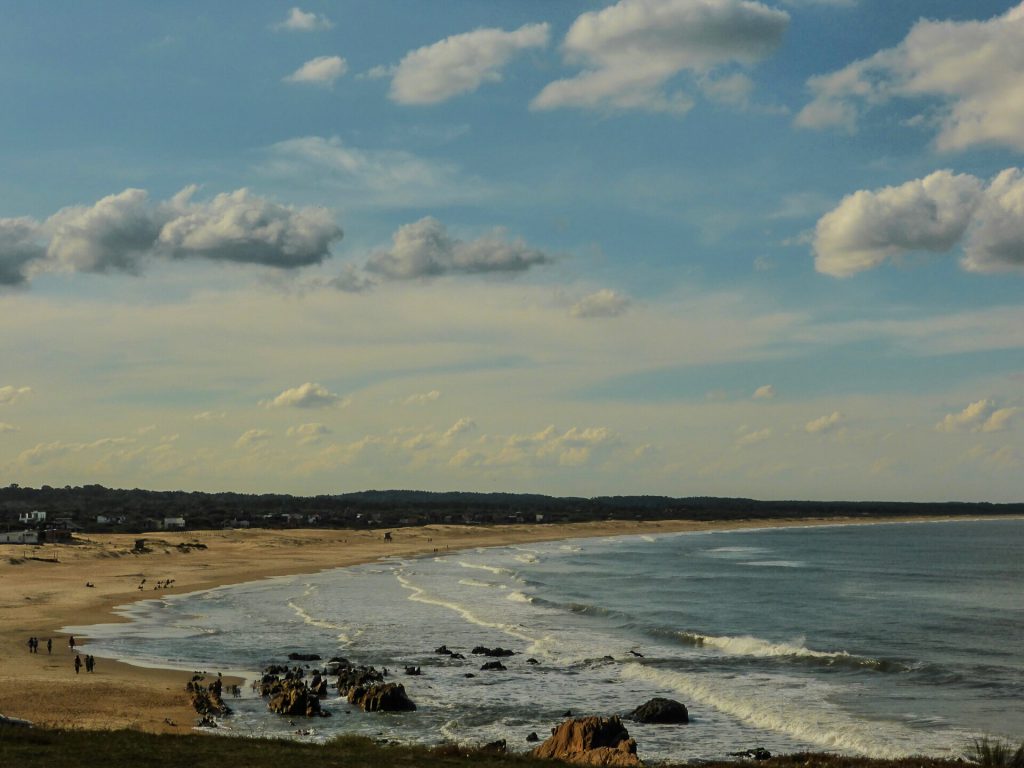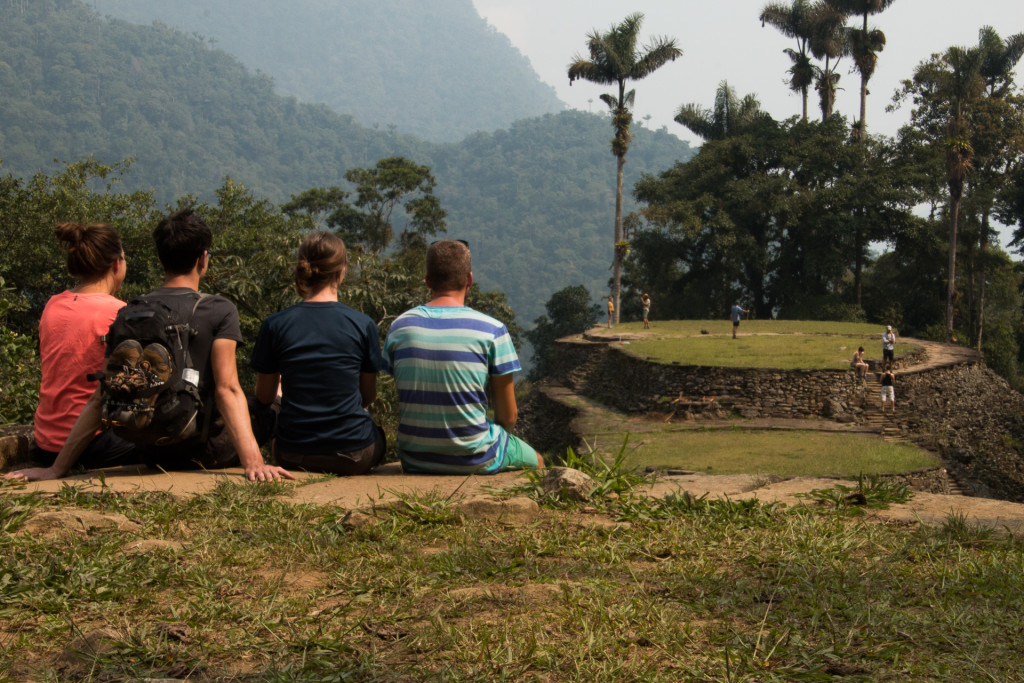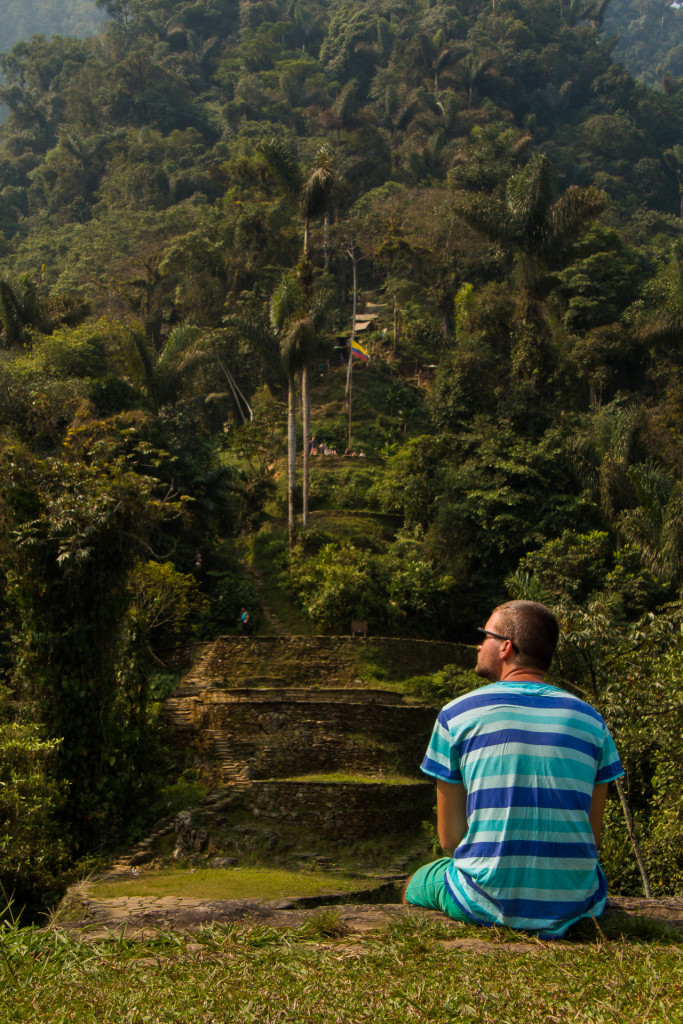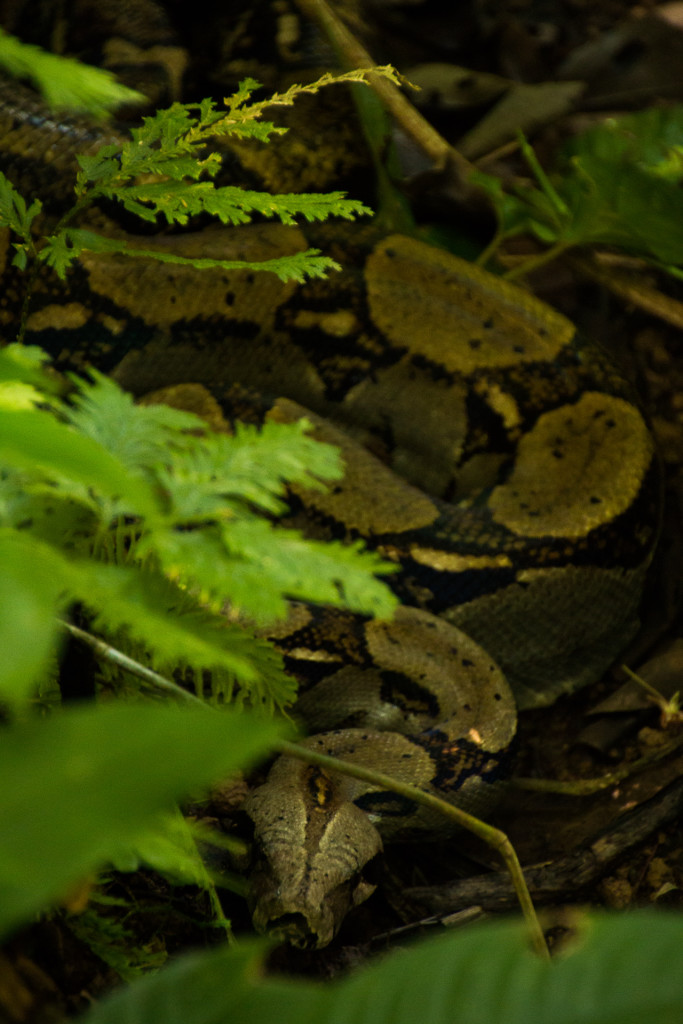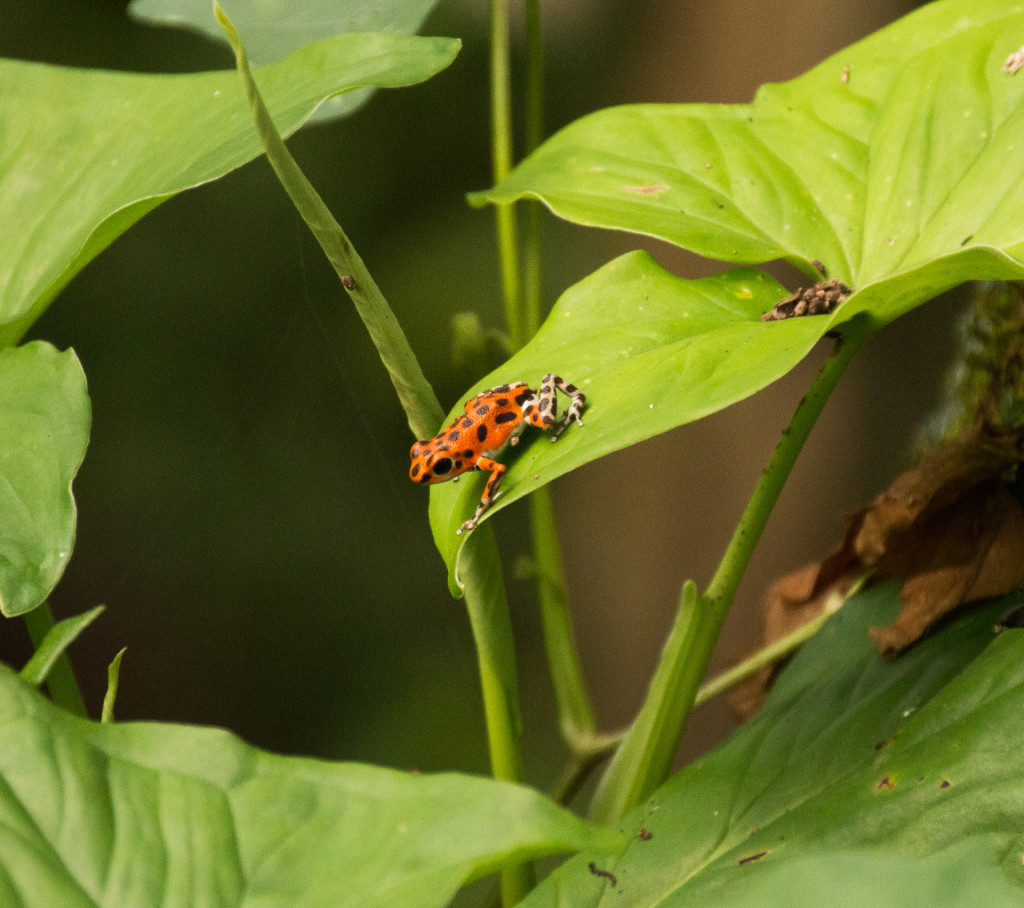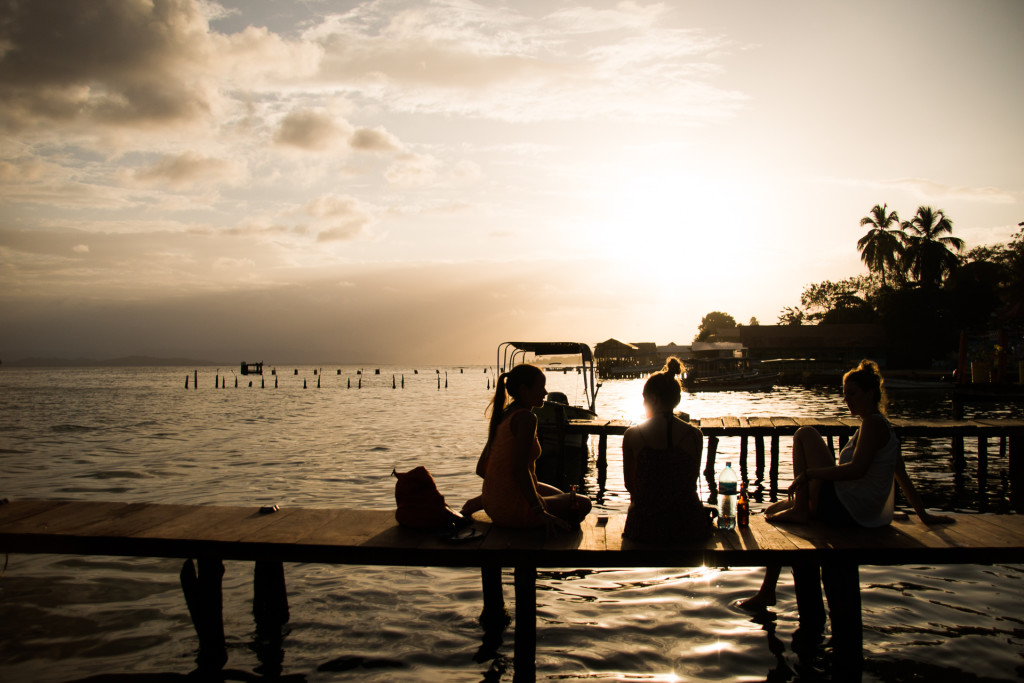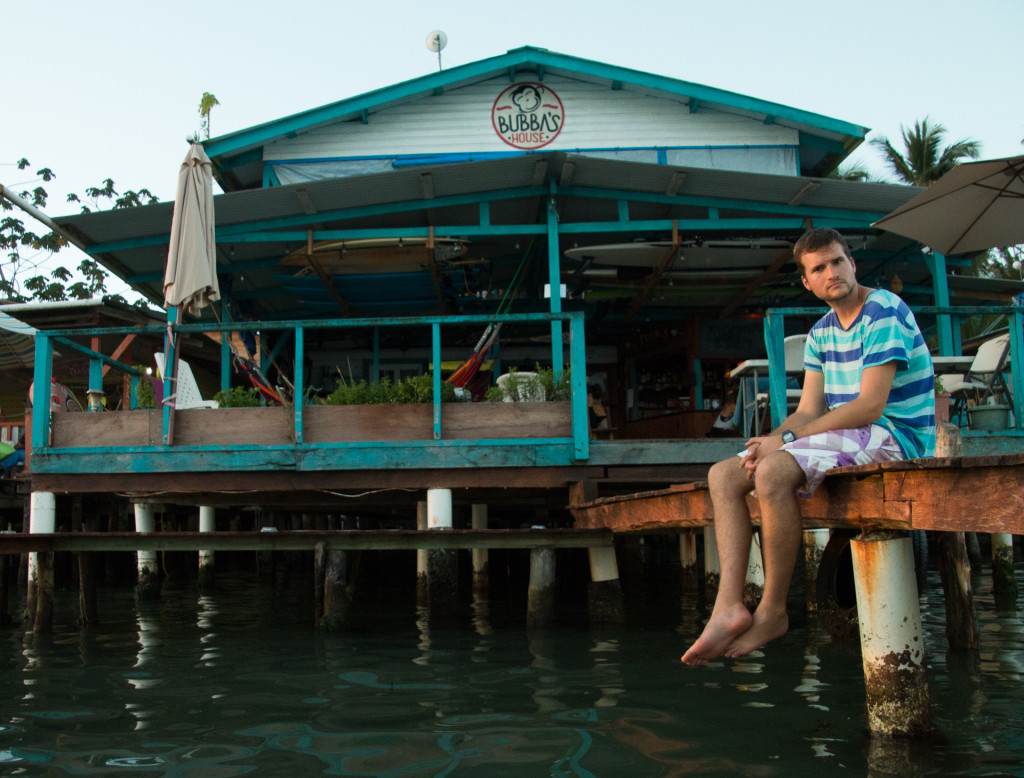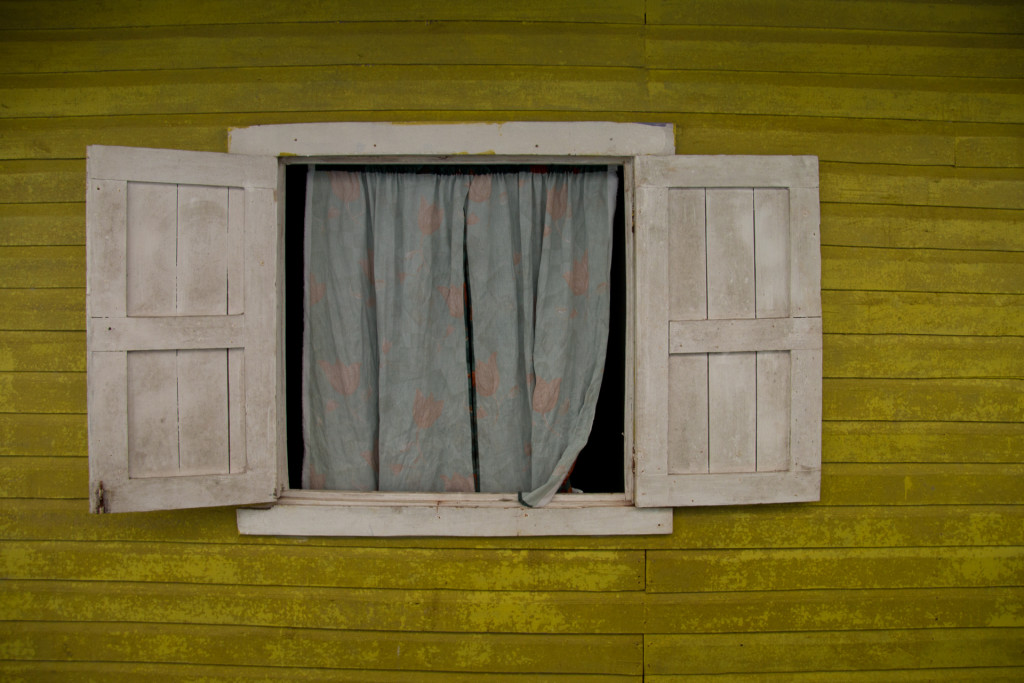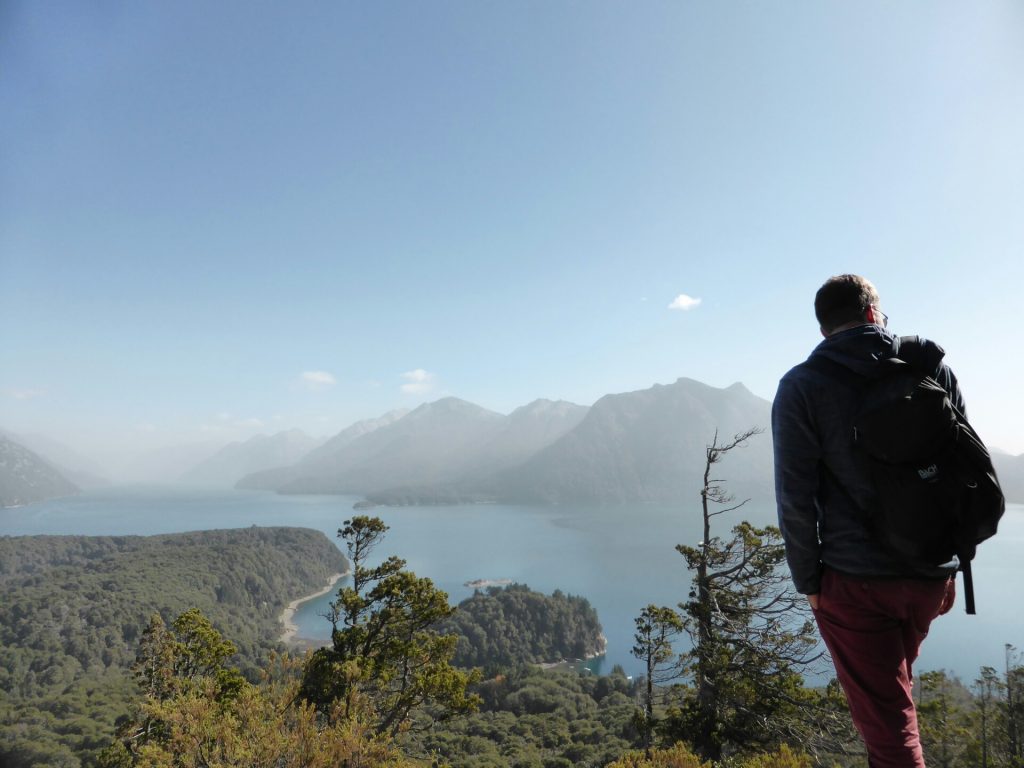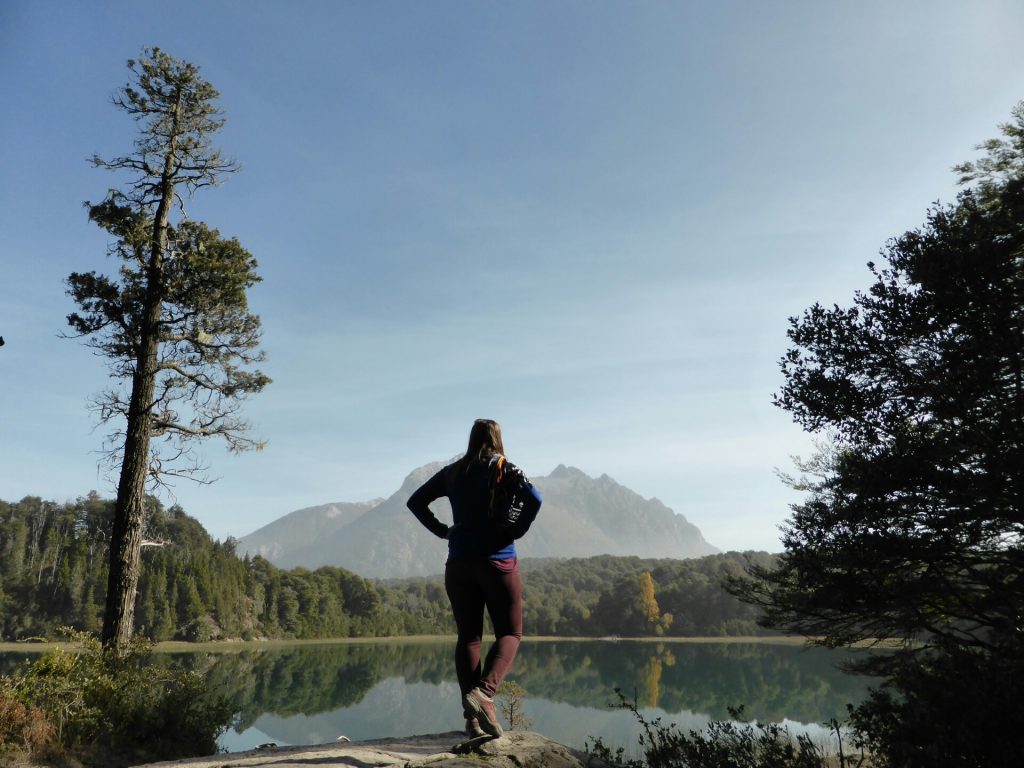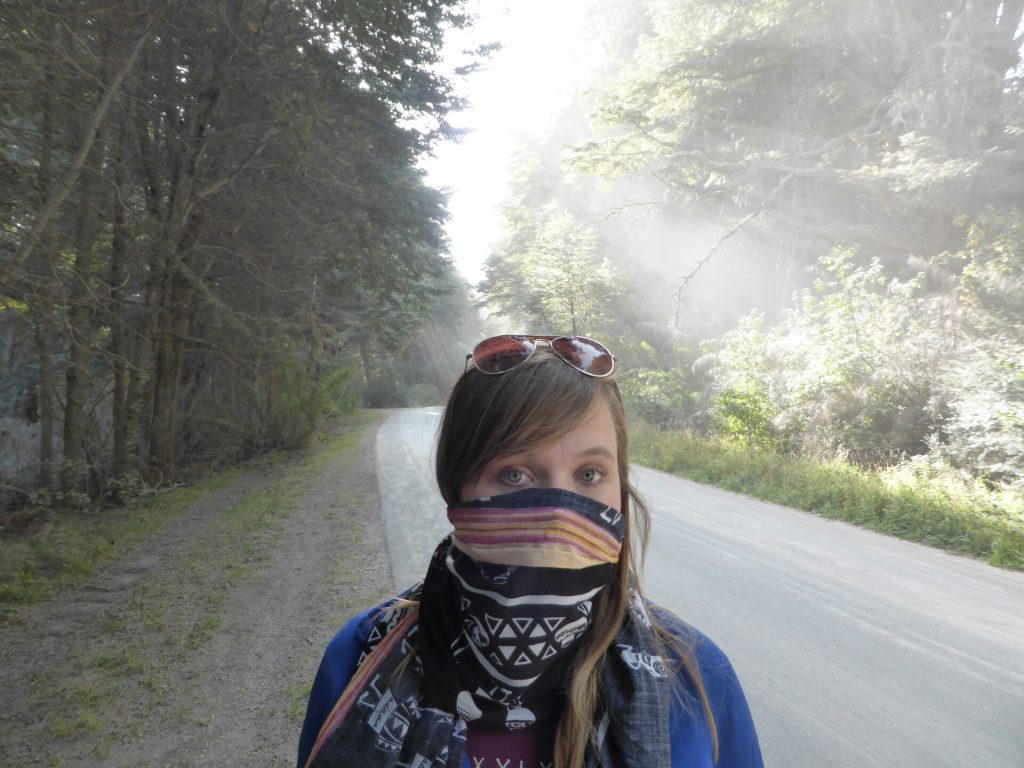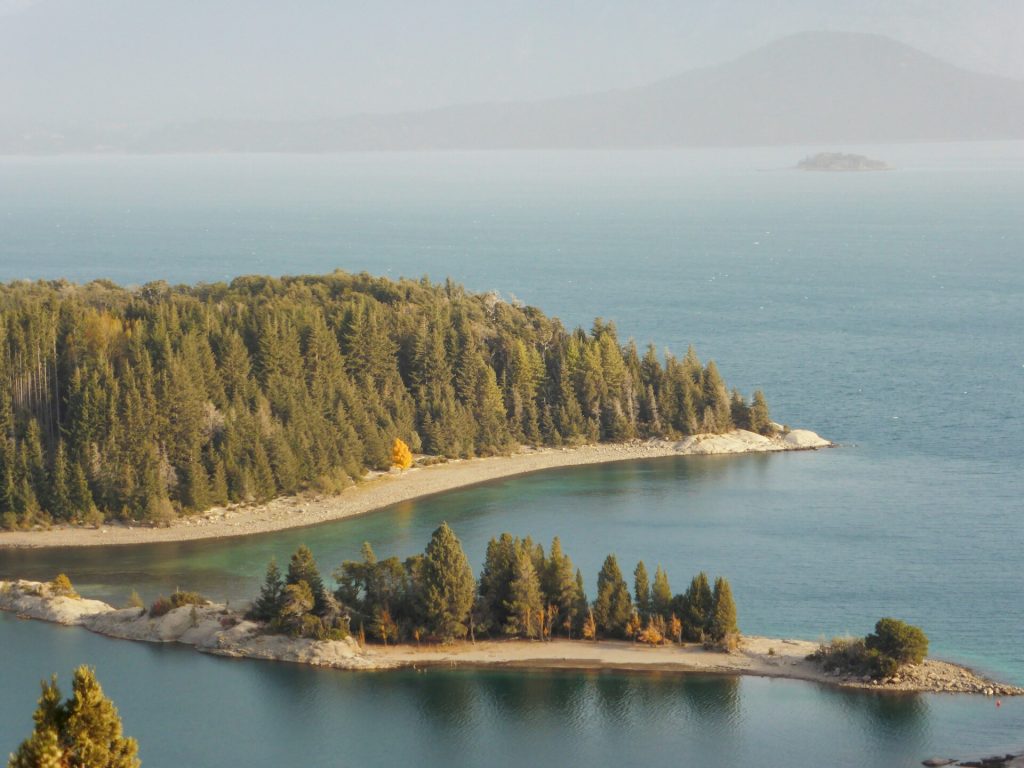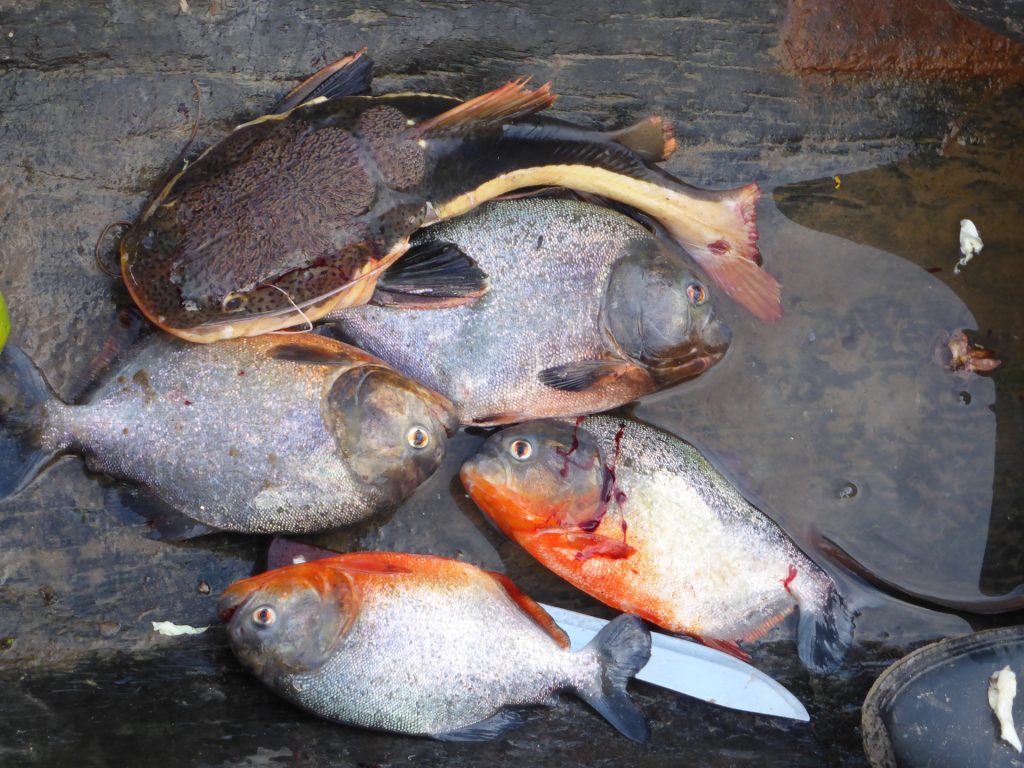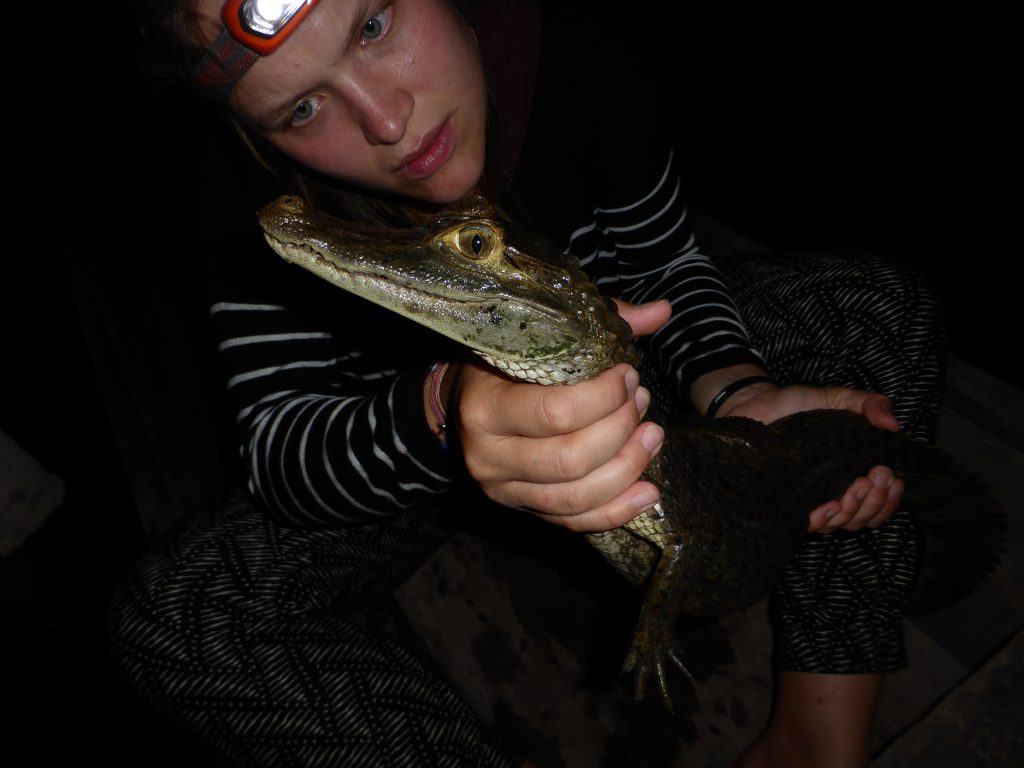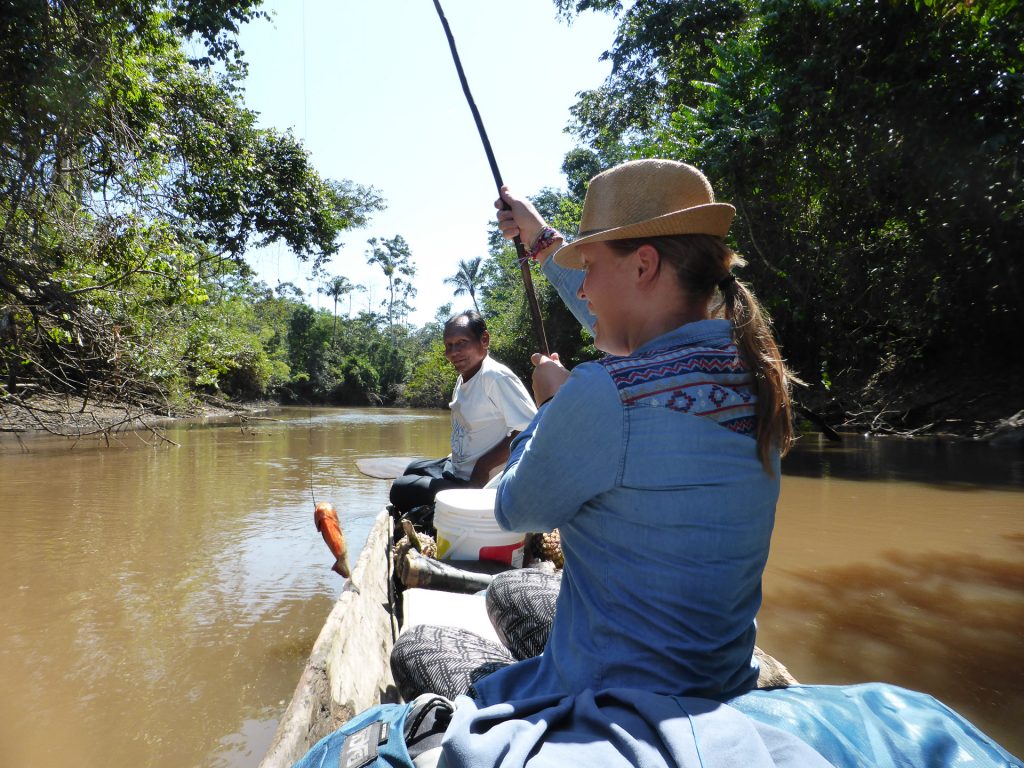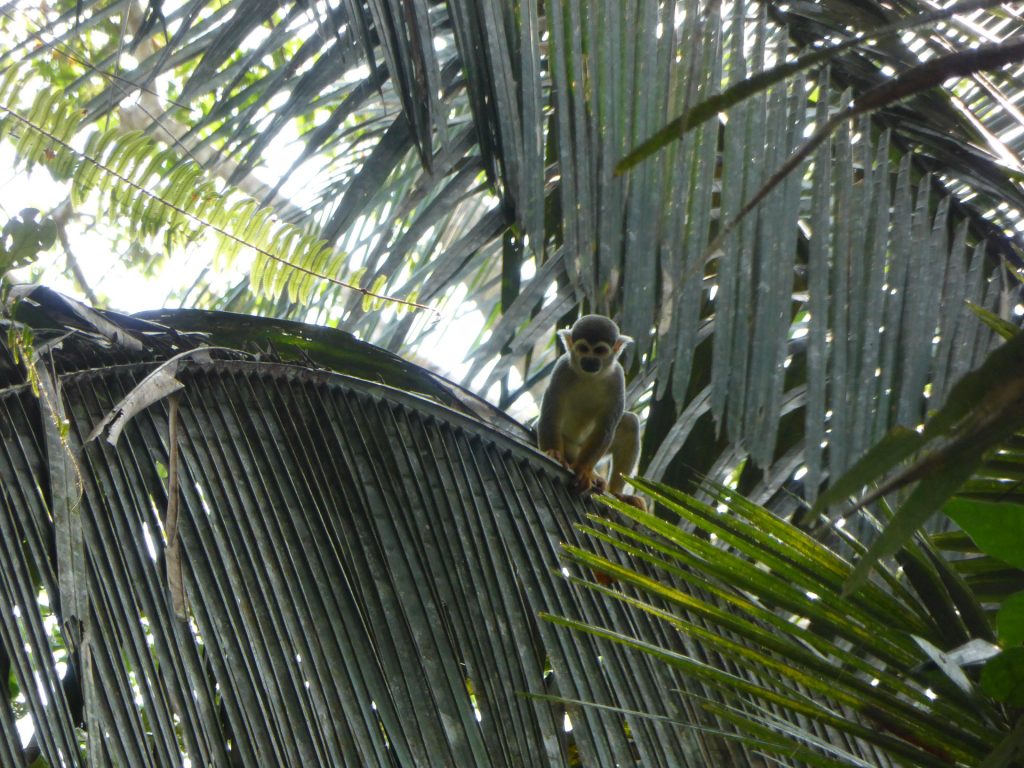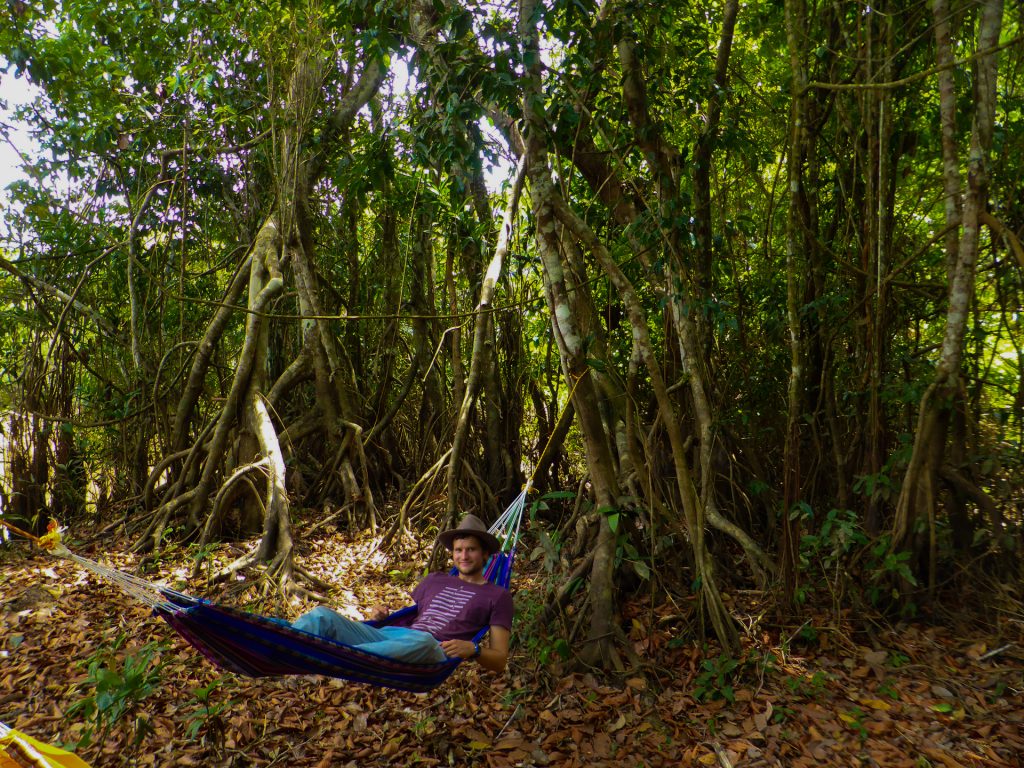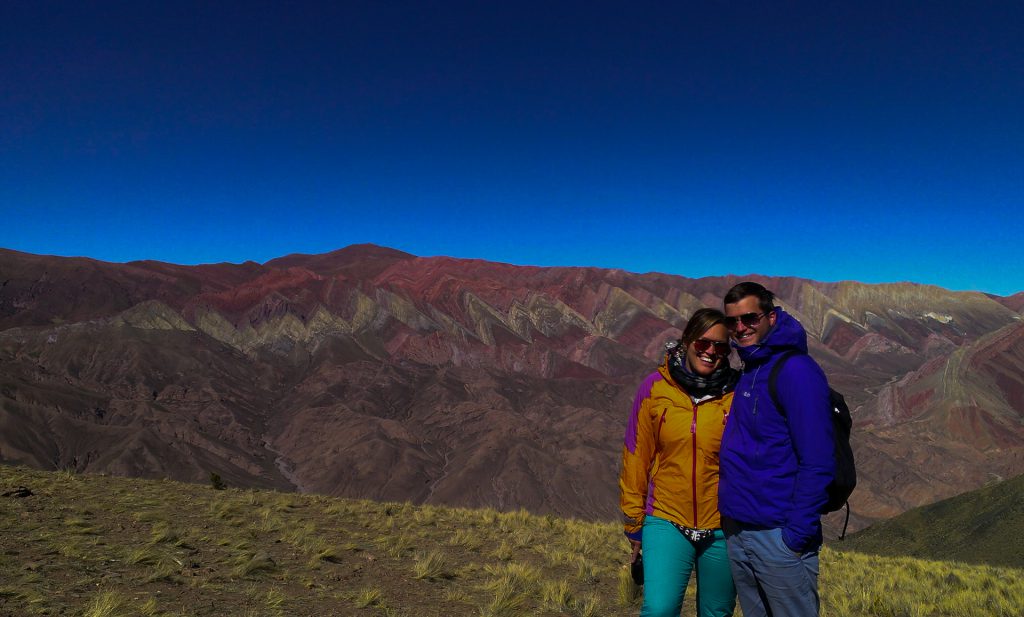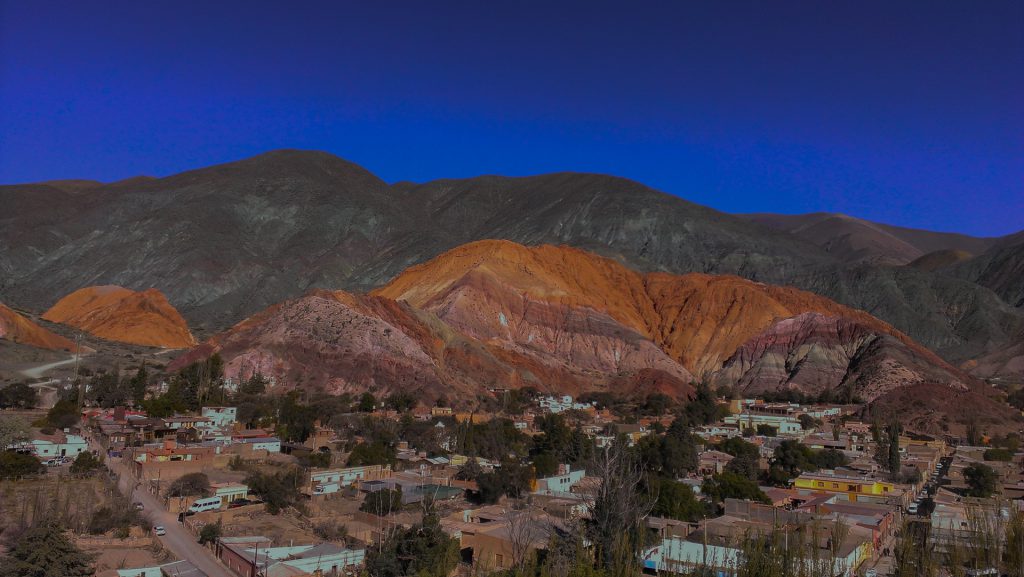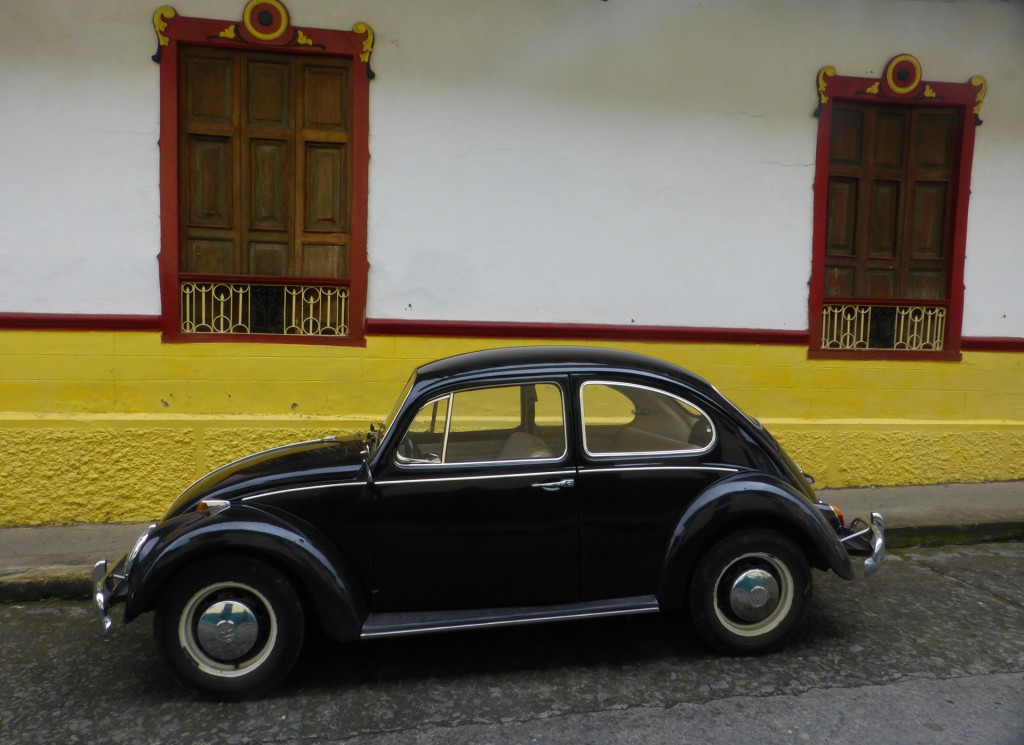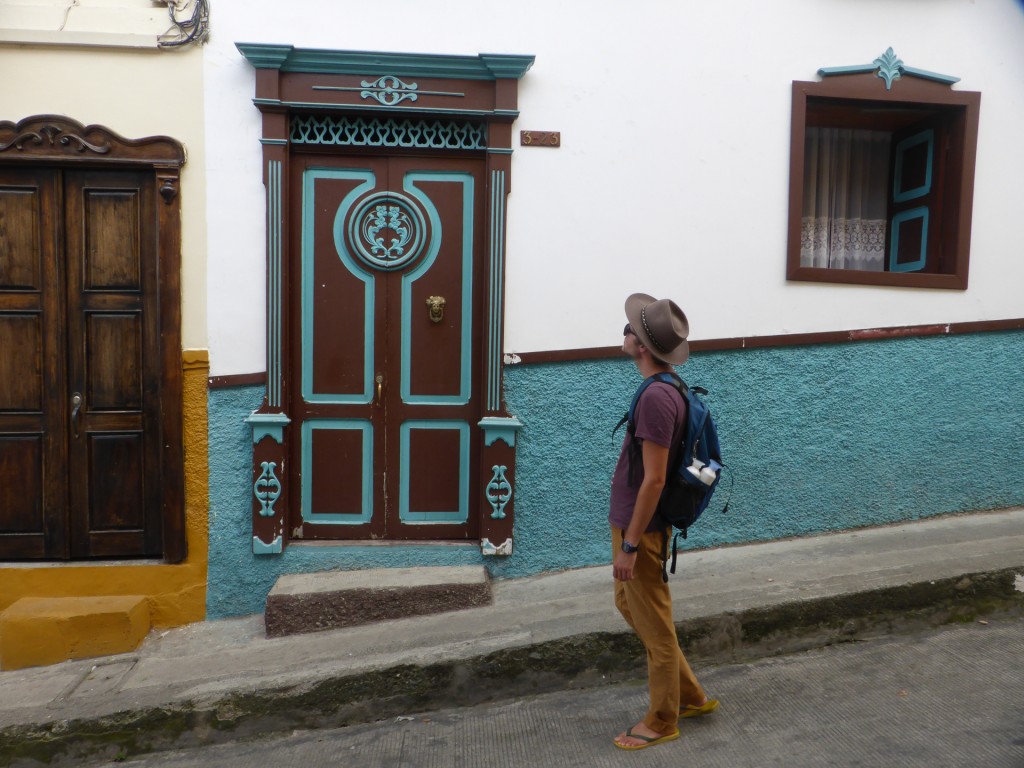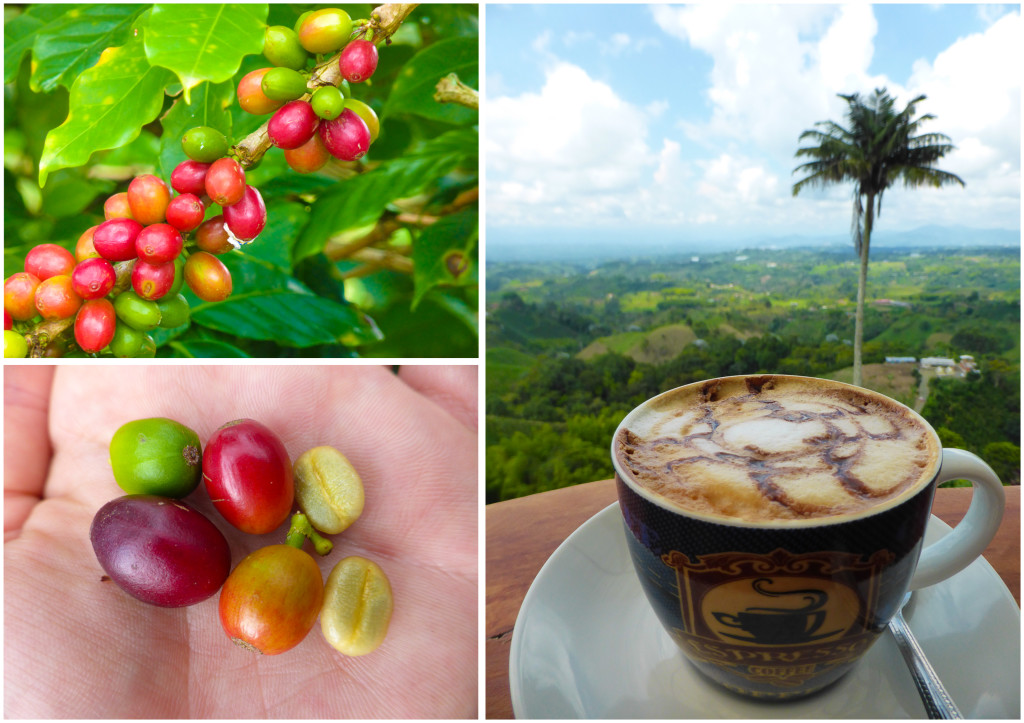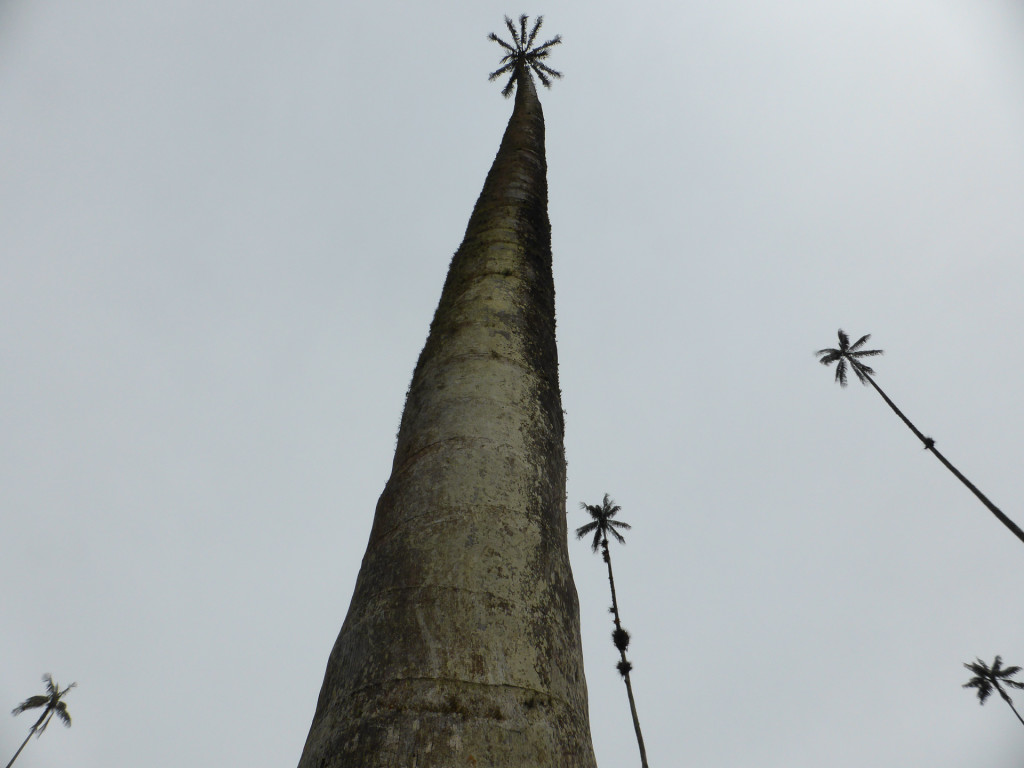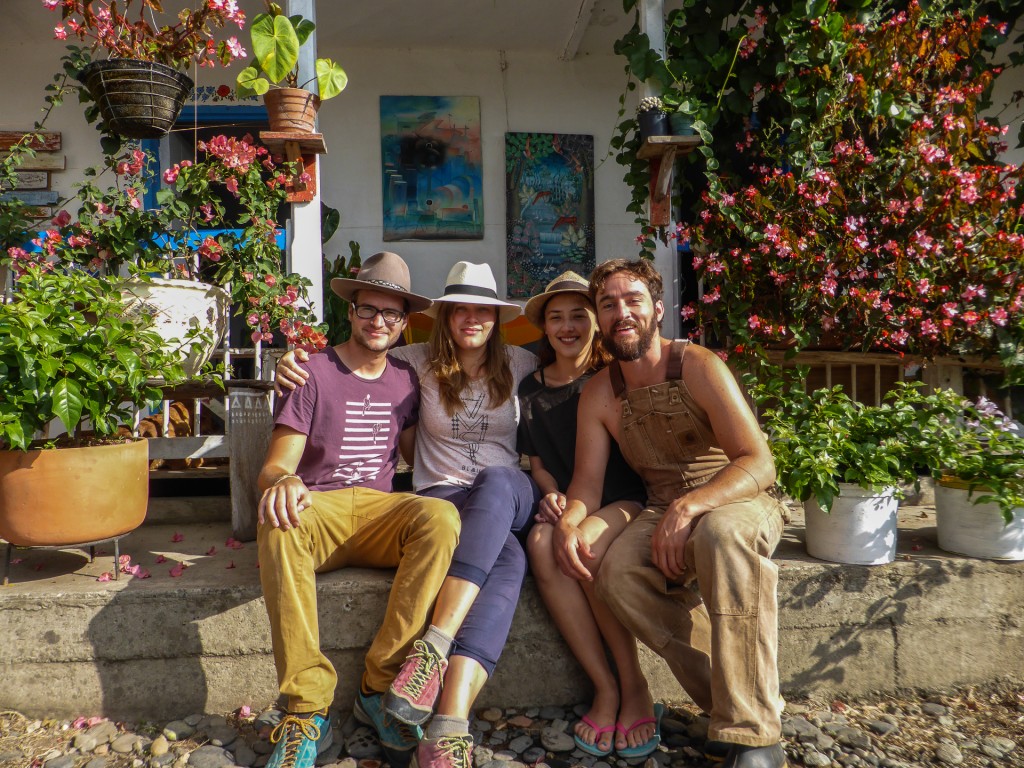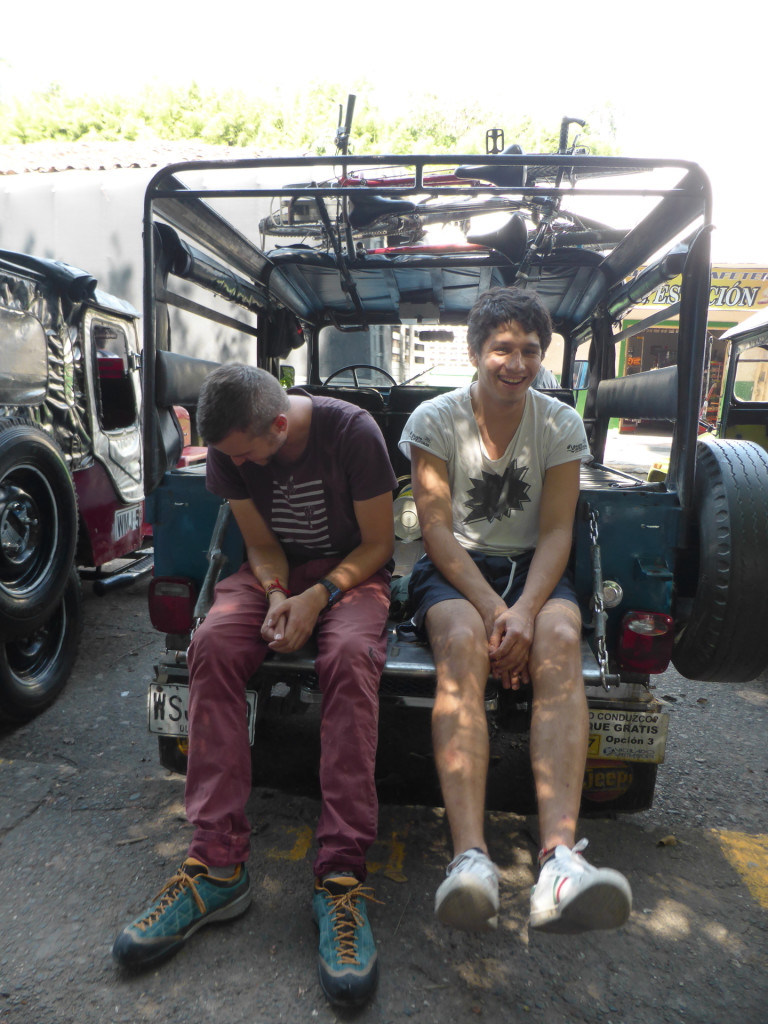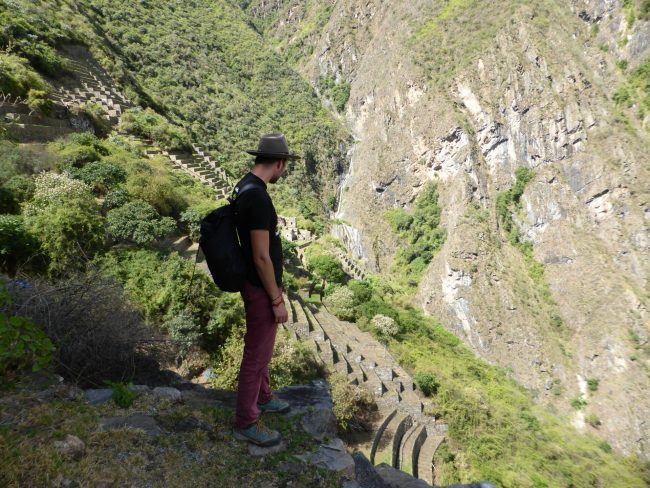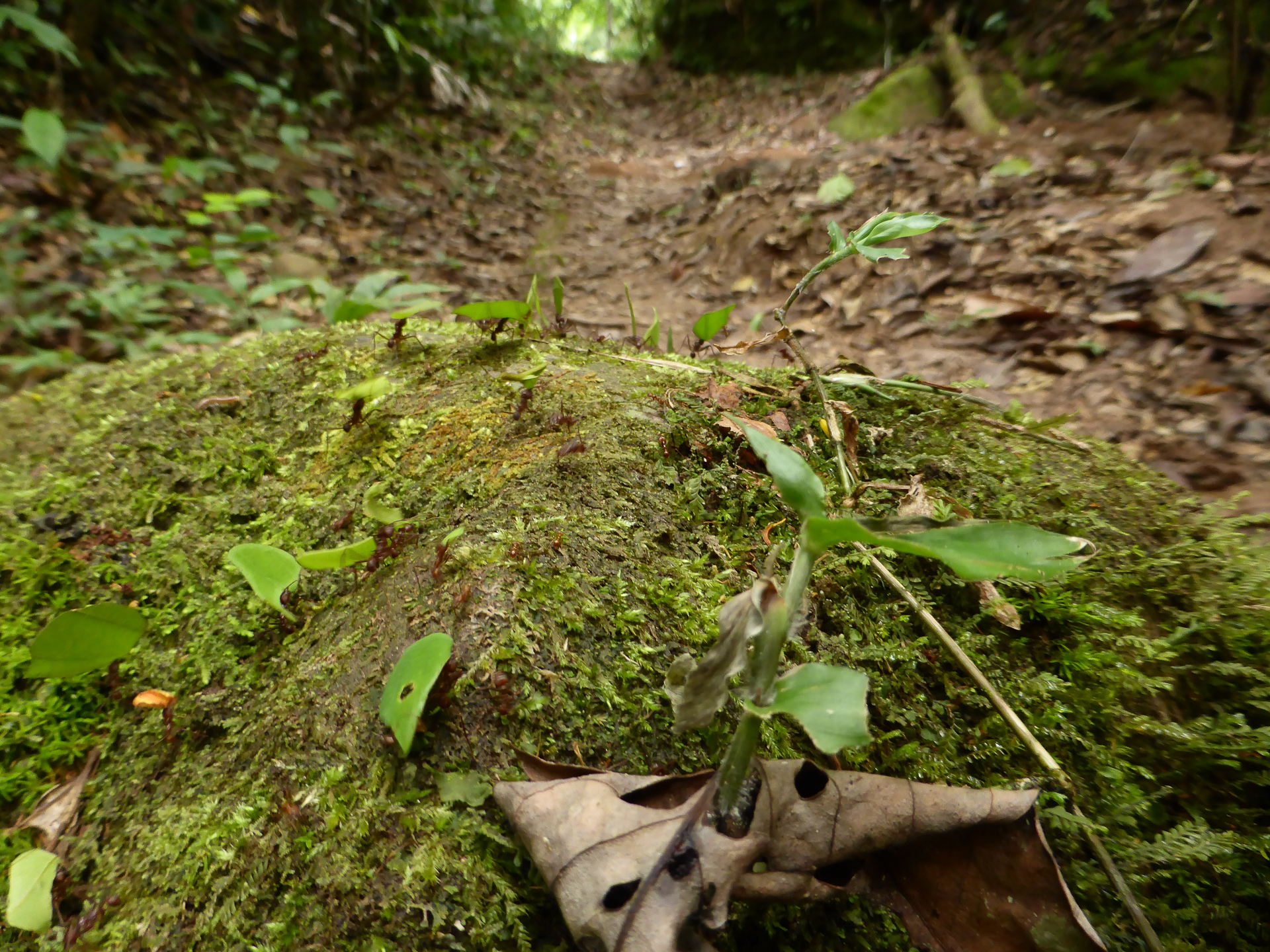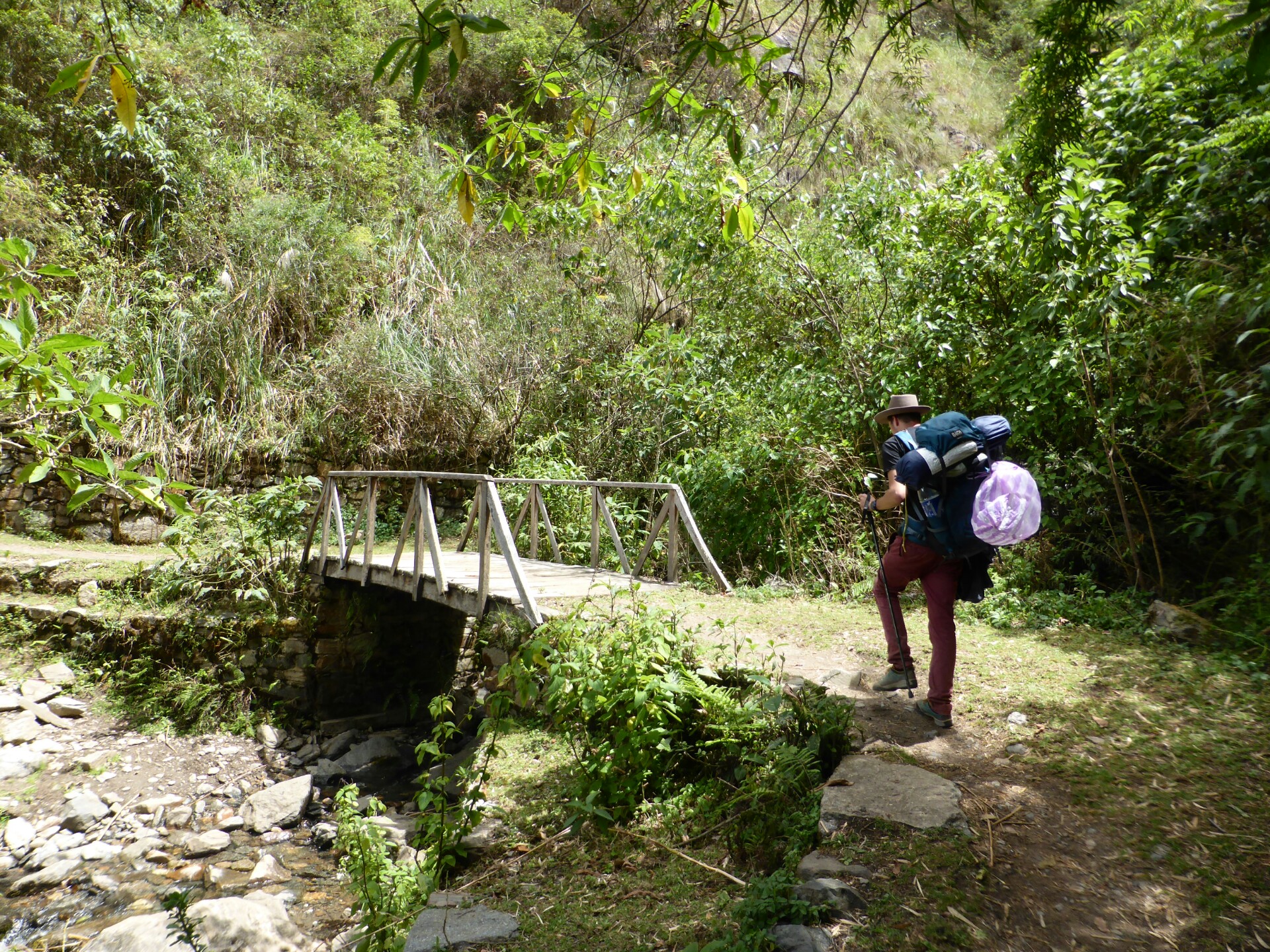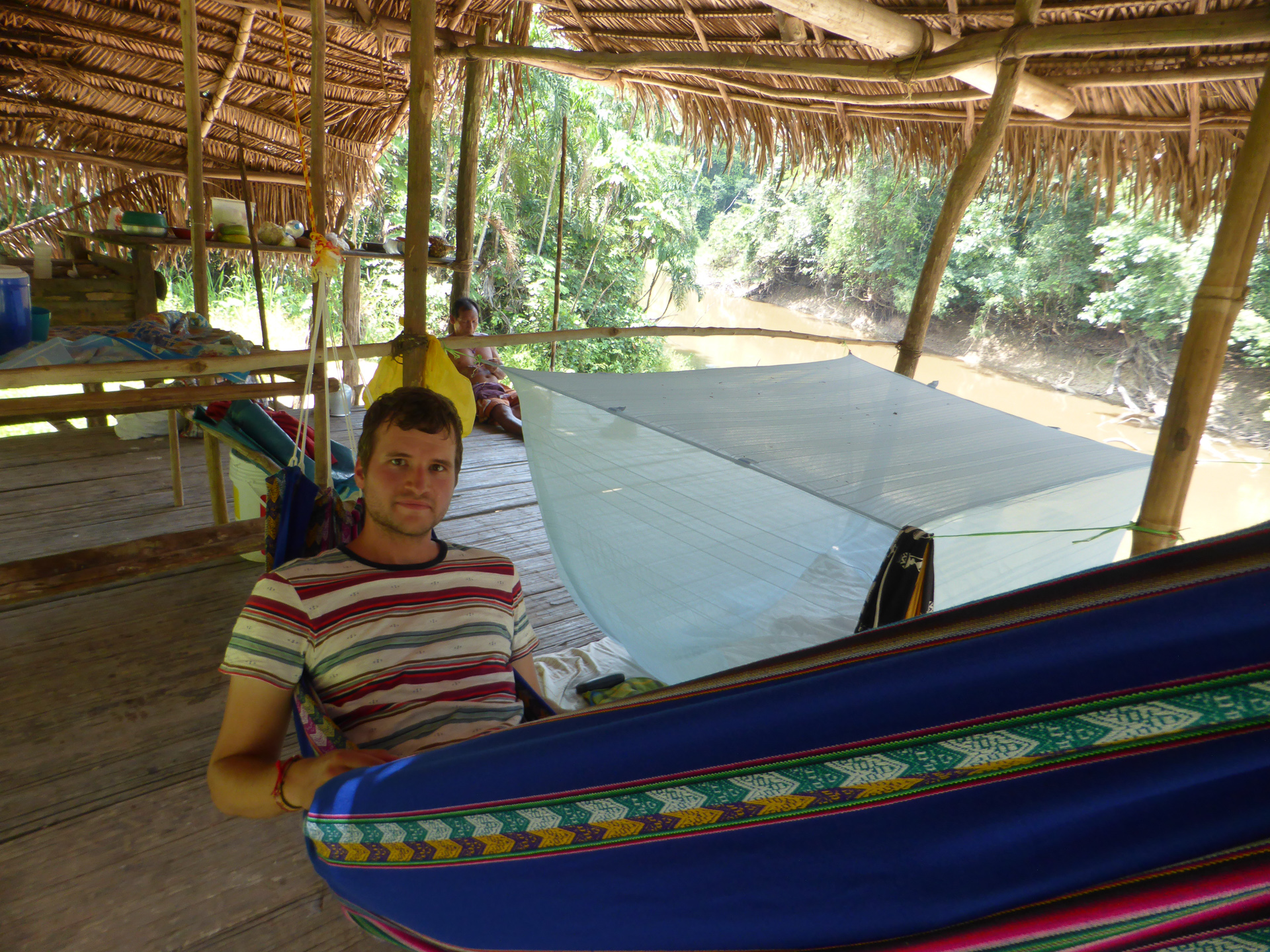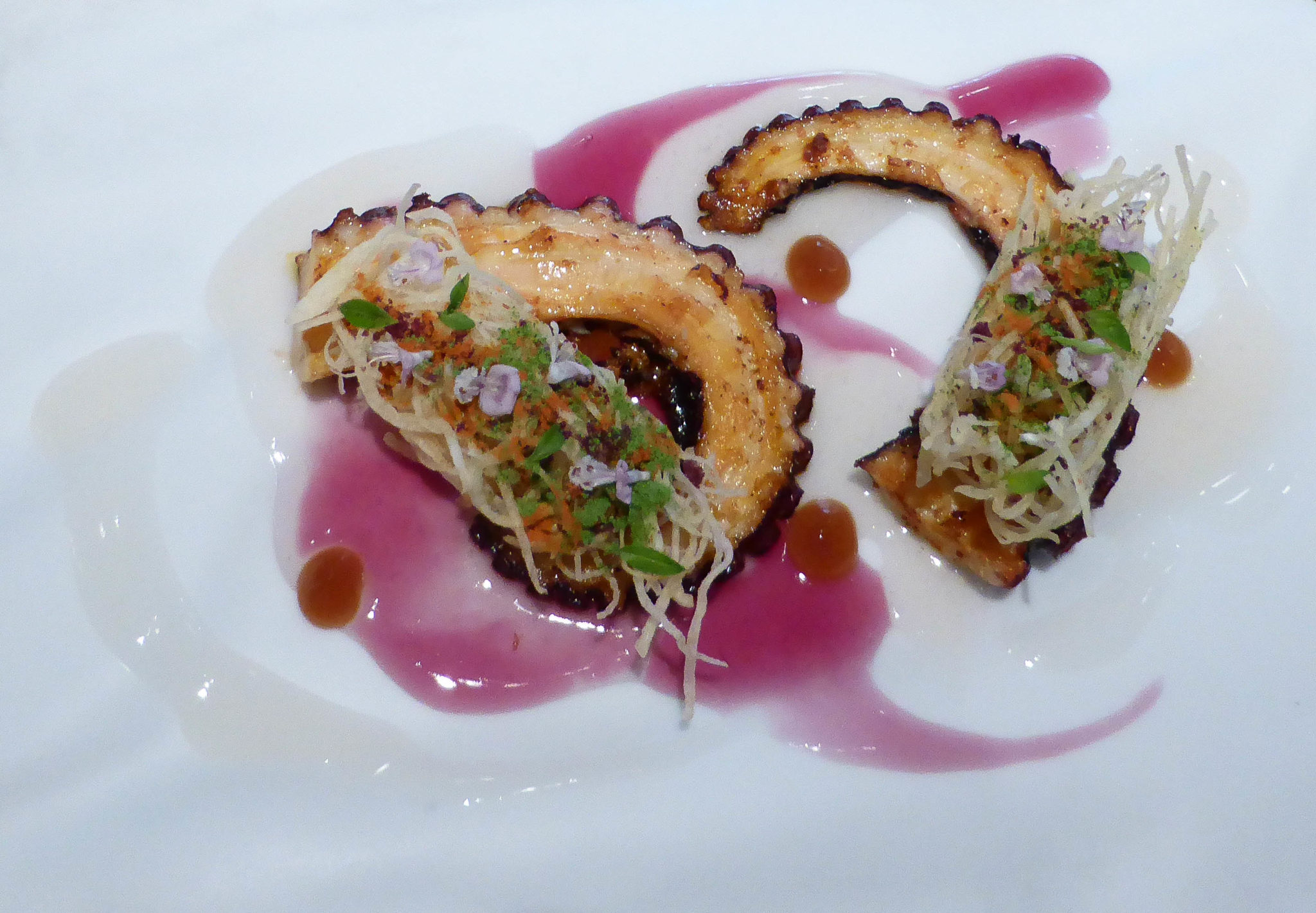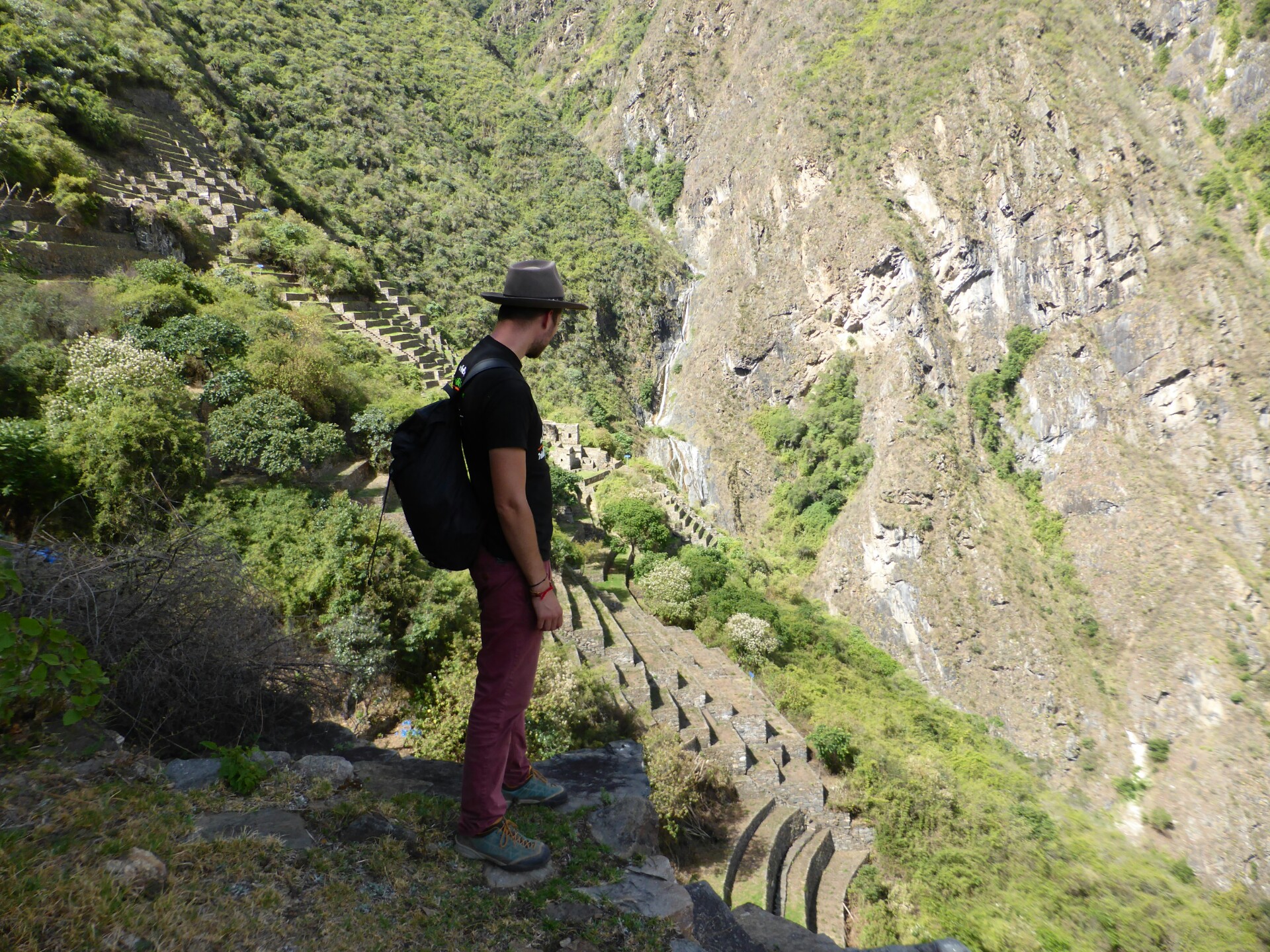Ok, we- humans destroy a lot, we kill animals and our environment. But sometimes we create. And when we do, it can be pretty incredible. Here is a list of the most impressive human creations in South America
-
Casa Pueblo in Uruguay
It reminds me a bit of architecture that I saw on Lanzarote from Cesar Manrique: big, white and fascinatingly futuristic. Casa Pueblo was constructed by Carlos Paez Vilaro as a summer house and workshop. It took him 36 years to finish it. The artist passed away already but his family still lives in a part of the house, the rest is a museum and a hotel! It’s truly magical and it’s situated just by the water which makes it even more enchanted. Every evening at sunset they have a nice peaceful tradition of playing one of the poems written by Vilaro and some music. We enjoyed that moment a lot because it was just so relaxing and full of pure, silent joy. It also felt like the white walls were a canvas for the colors of the setting sun. Incredible!
-
Mechanic flower – Floralis Generica in Buenos Aires, Argentina
It’s an unusual gift from an architect, Eduardo Catalano, for Buenos Aires. The steel flower opens its petals every morning to close them in the evening just like a natural flower would. It looks very fragile and gentle but at the same time it’s actually massive- 23 m high and 18 ton. Since building it in 2002 there were many issues with the mechanism and when we were there the pool underneath it was covered and under maintenance, but even so it was worth seeing it.
-
Incan Empire- almost everywhere
We didn’t like standing in line to Machu Picchu and the crowds there manage to kill any magic in the place but… it’s not the only one. Incas ruled areas from North Argentina to South Colombia and they created really many cities, left many incredible artifacts and even mummies. All of their constructions were one of a kind and the majority was situated on a slope of a mountain which automatically assures you there is going to be a nice view from each one of them, and a good work out to get there.
-
Street art- whole South America
Street art was very present in our whole travel really. It all started in Argentina when we arrived in Buenos Aires and we saw murals everywhere. It was just incredible for us that there artists get payed to paint on the buildings and that they get recognition for it. Each of the masterpieces was signed and some even with a web page. The art was not only beautiful but also made us think about so many issues in South America. It was political, cultural and funny, it was everything. The passion in the street art didn’t change all over South America. We saw some incredible masterpieces everywhere, especially in big cities. The bigger the city, the brighter and more daring were the murals.
-
Wine- Argentina, Uruguay
Both Argentina and Uruguay produce amazing wines. Argentina is already very famous for it. Unfortunately Uruguayan pride- Tannat is not so popular. It’s a shame because it’s definitely one of the most delicious red wines we have ever had, very deep and dry. When it comes to Argentina we were very positively surprised with fresh, white, fruity Torrontes.
-
Textiles- Bolivia, Peru
Especially in Bolivia and Peru we saw a variety of incredible textiles of all kind- ponchos, capes, blankets, carpets and all you could think about. They were all incredibly colorful and they told us a lot about local culture. Many of them were showing funerals, chicha production (corn beer) and other community events. The form and colors were all changing depending on the region and subject.
-
Christmas lights-Colombia
Colombians say it’s a pity that Christmas lasts only one month- December. It really does! On the first of December EVERYONE has to have lights everywhere. The bigger, flashier, brighter the better. In big cities like Bogota, Cali, Medellin they create tiny villages of light. They are truly incredible and surprisingly they don’t have that much to do with Christmas anymore. But it still has the atmosphere of Christmas maybe because of the booze & food stands and the crowds surrounding it. Obviously the weather is far from winter snow and cold.


